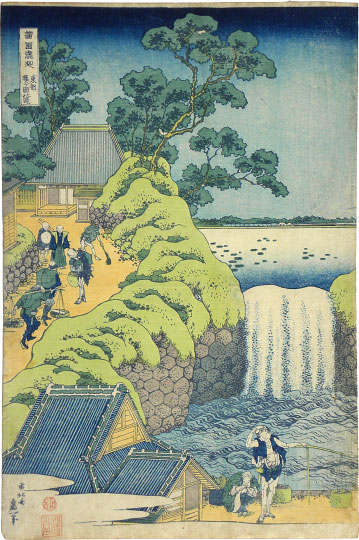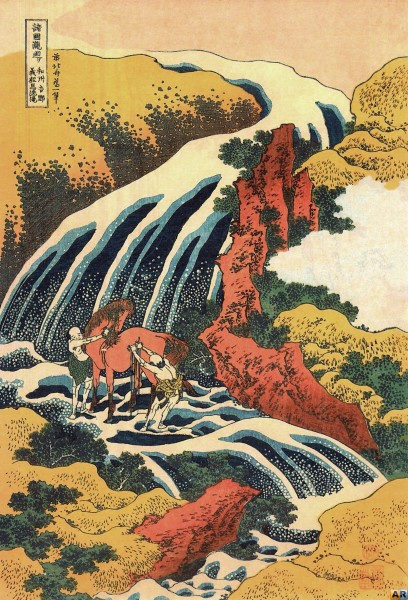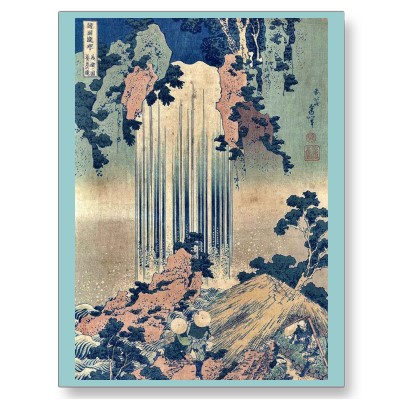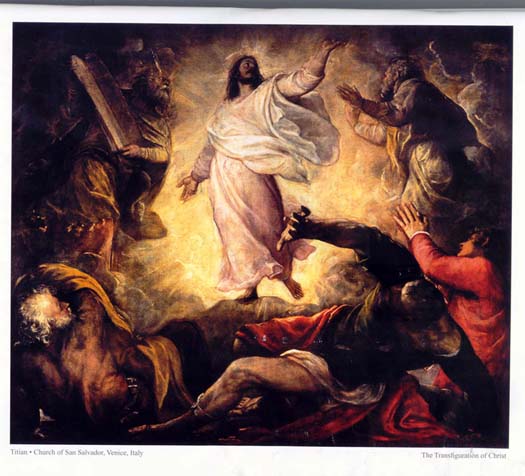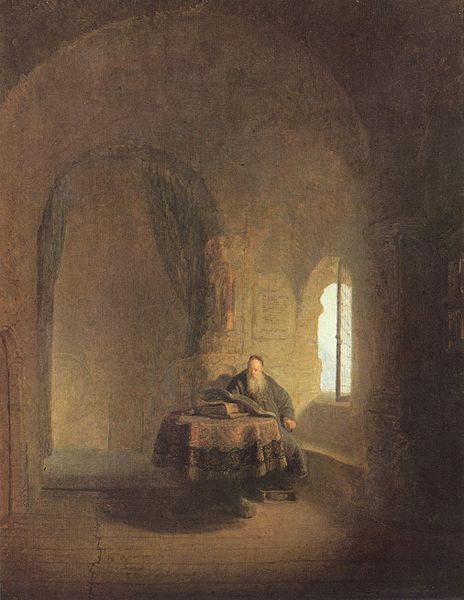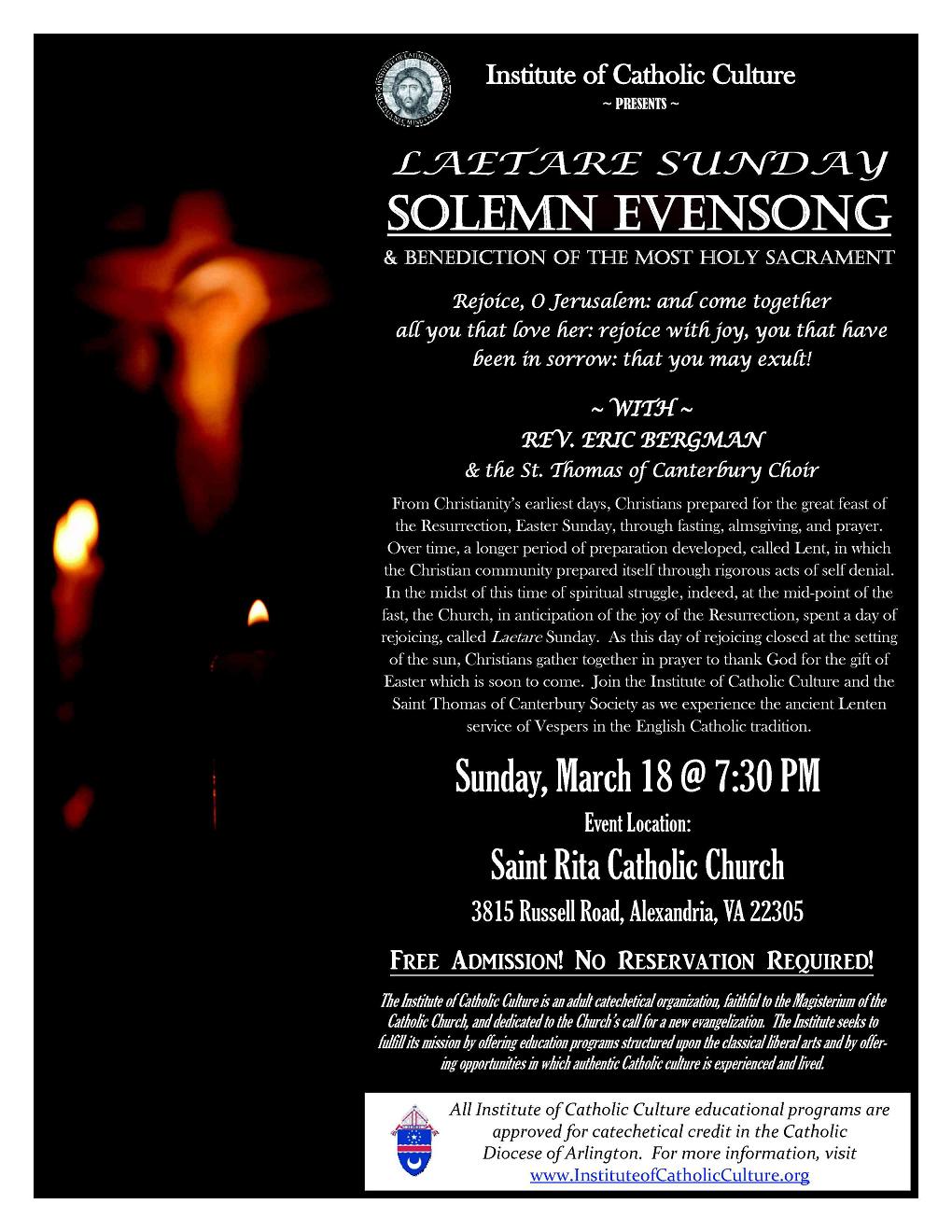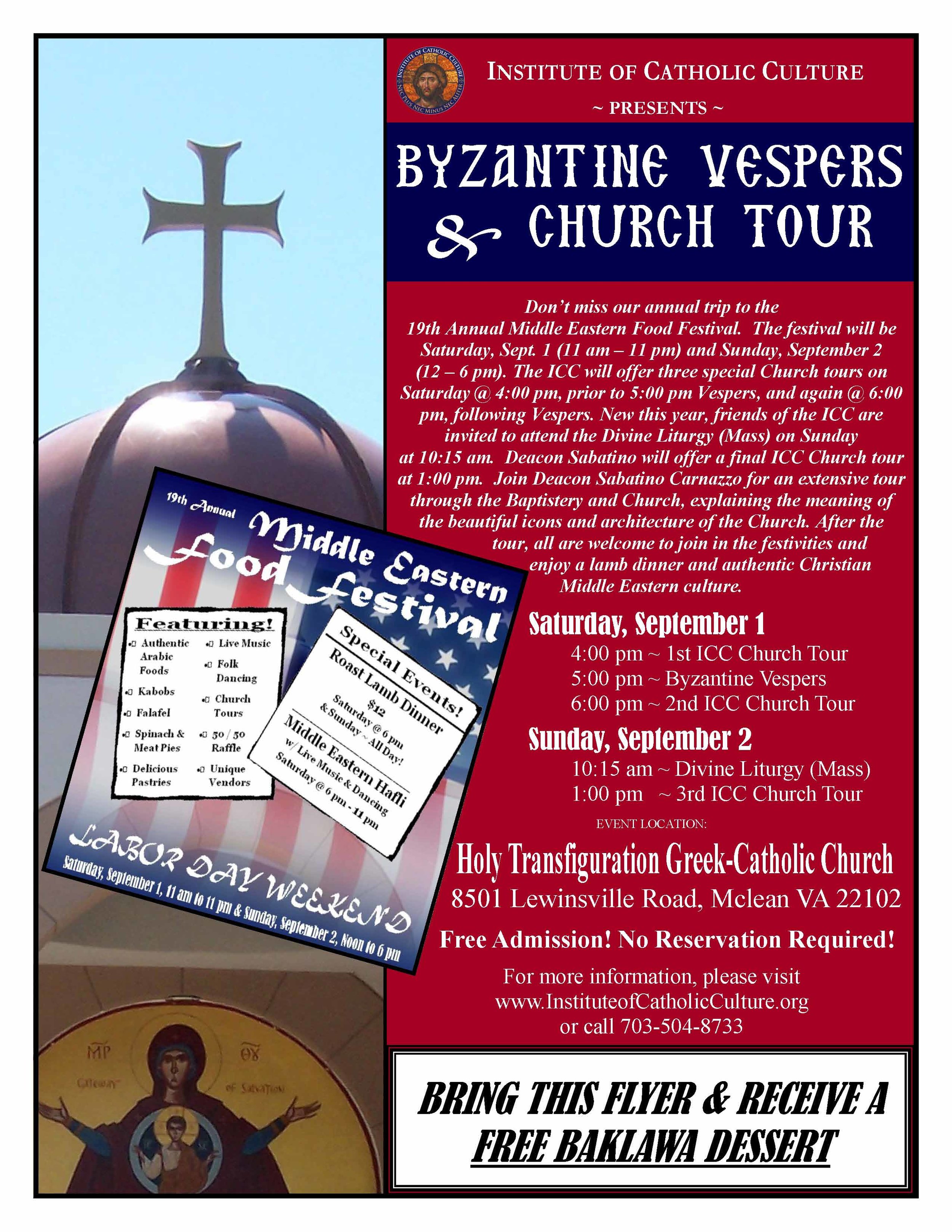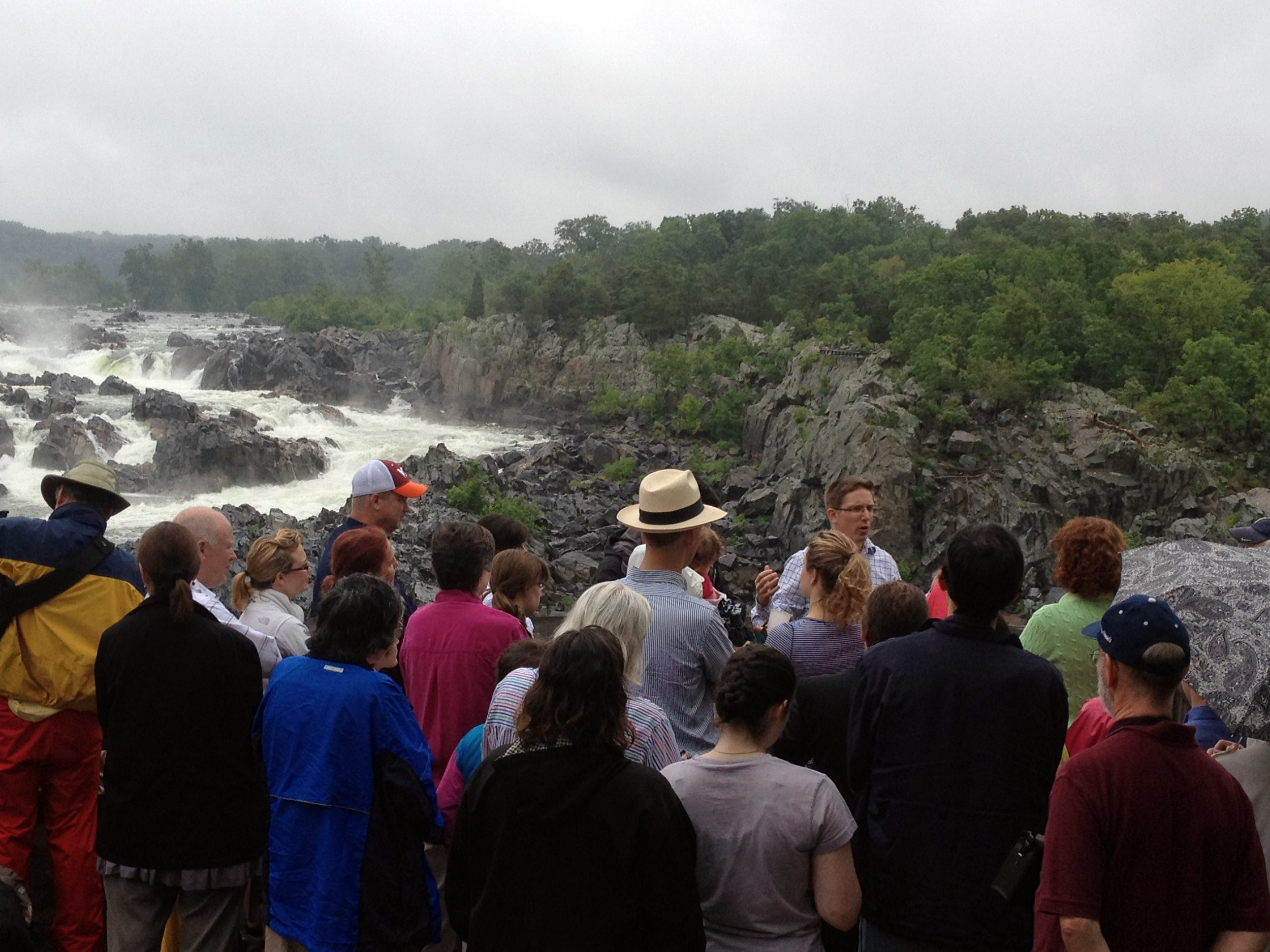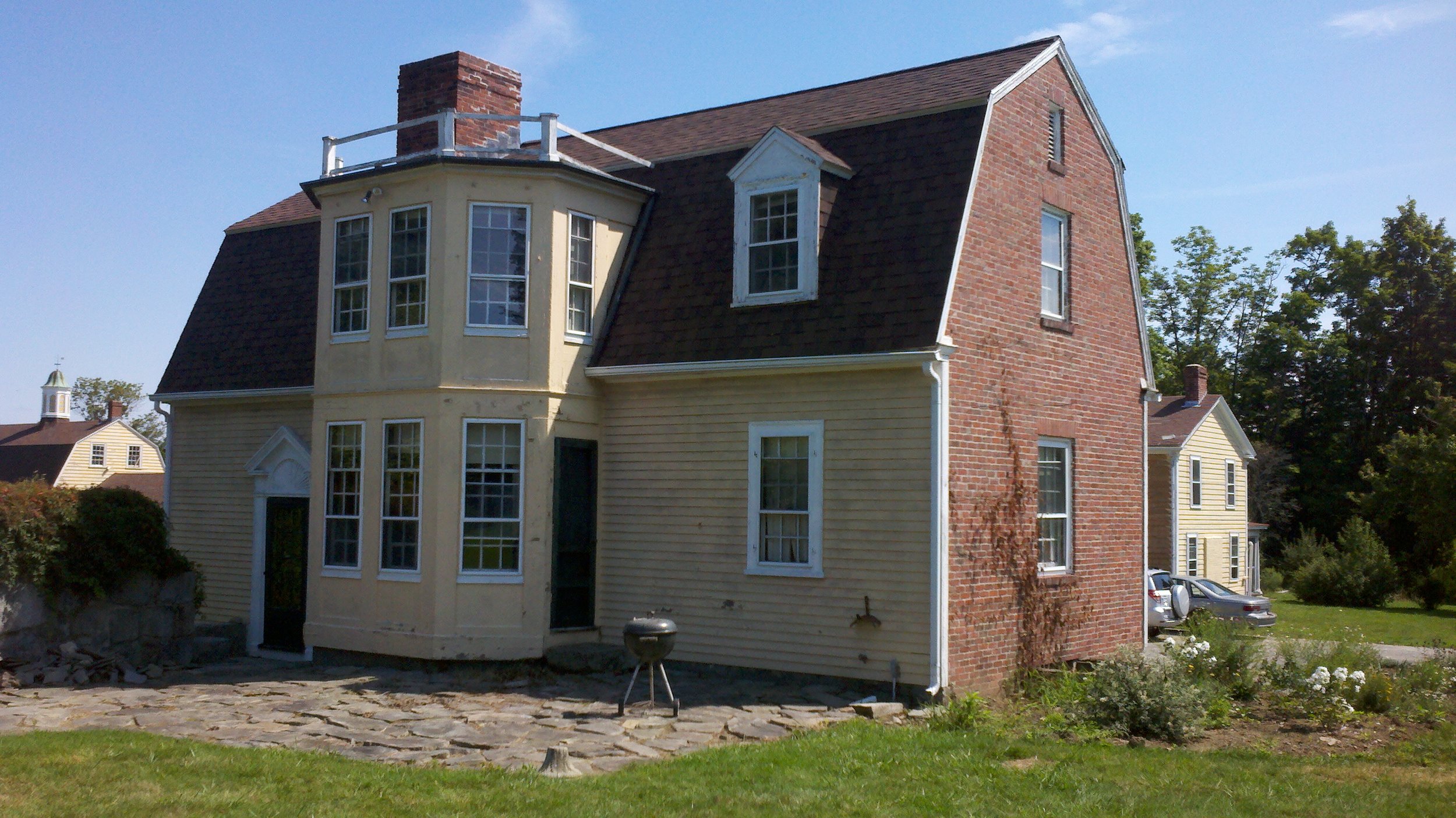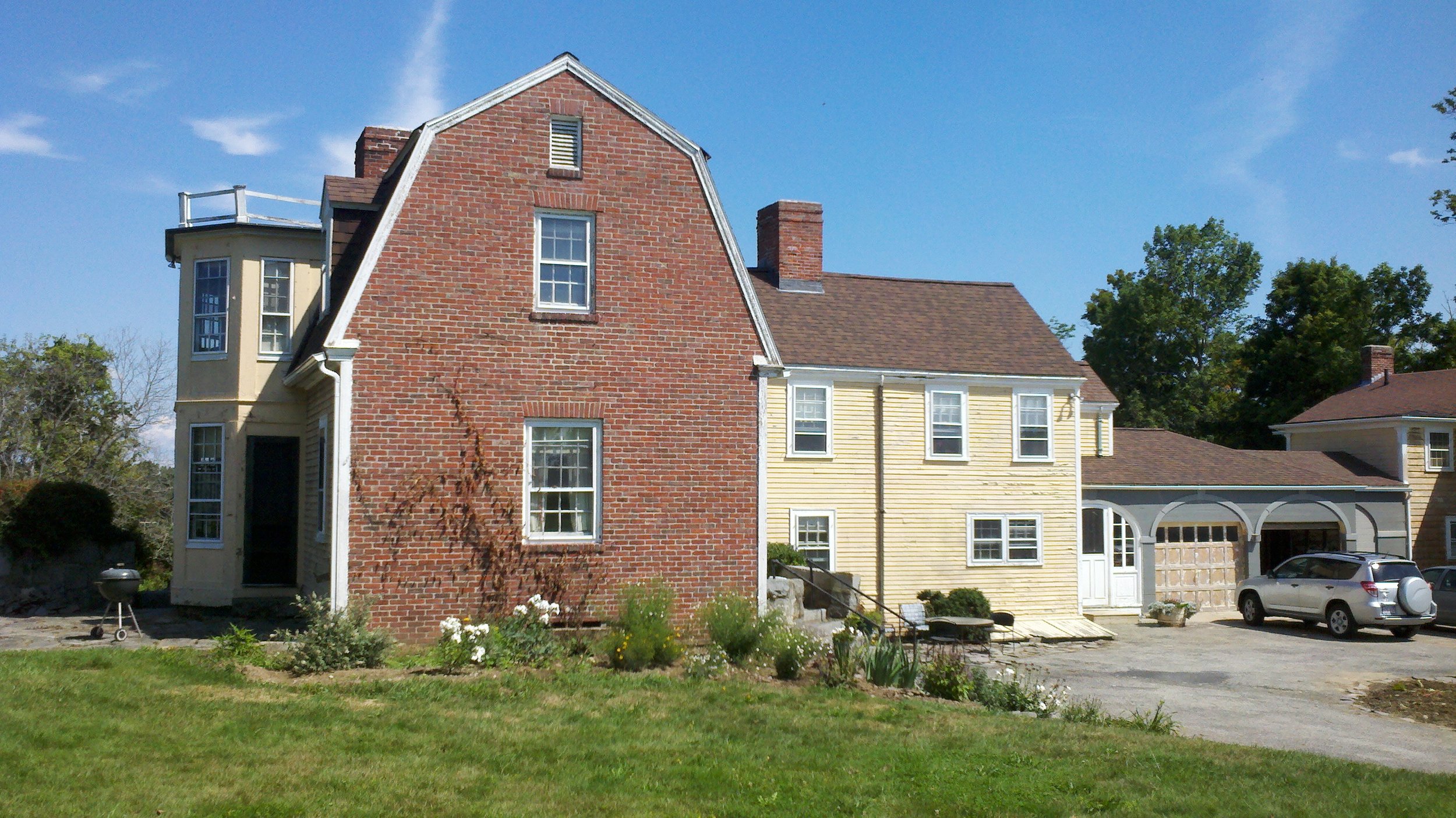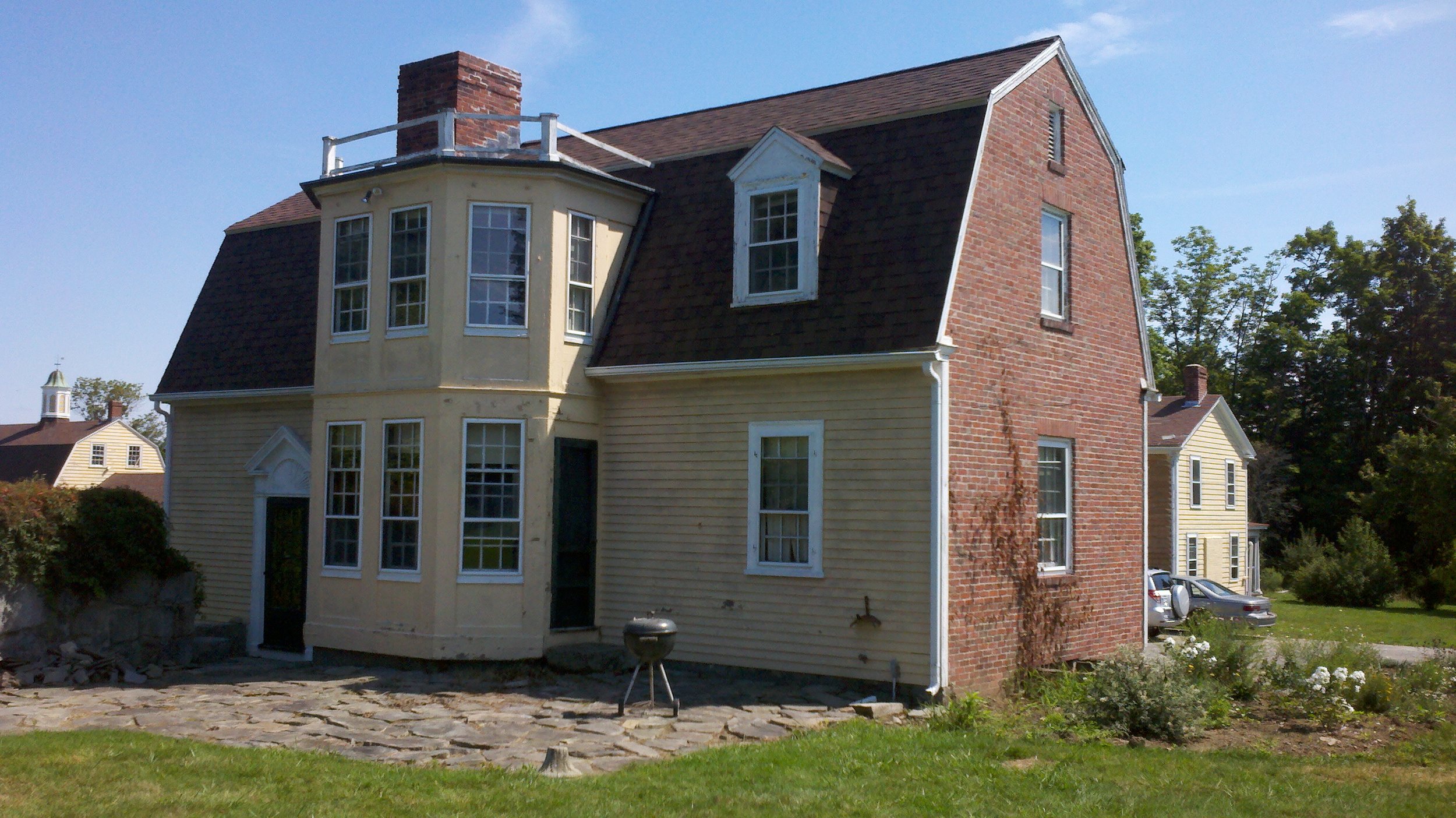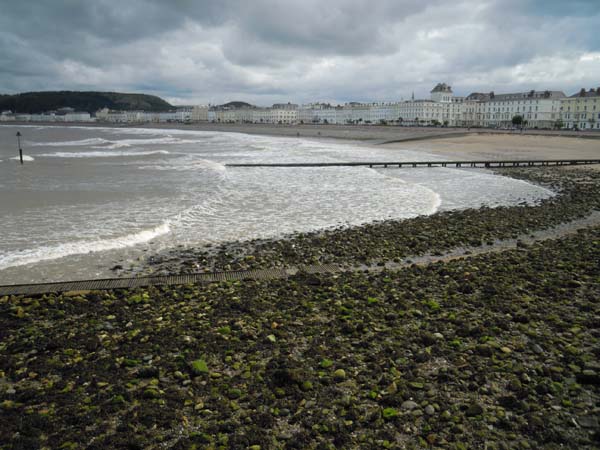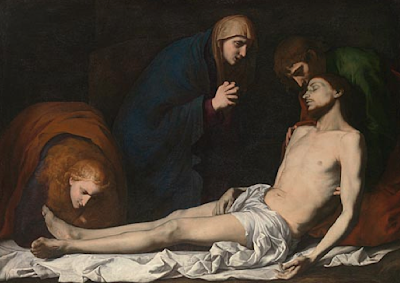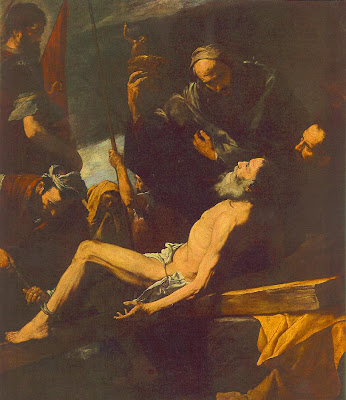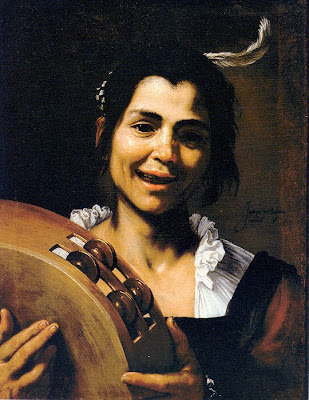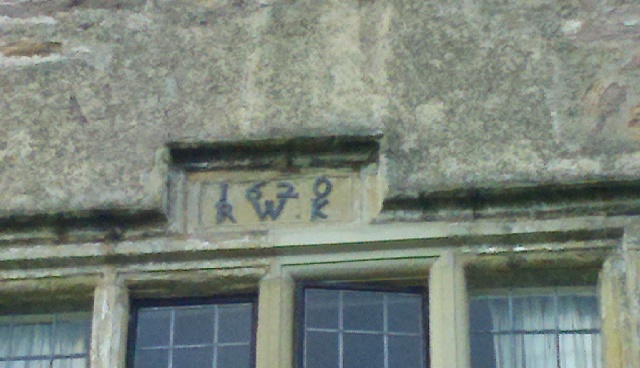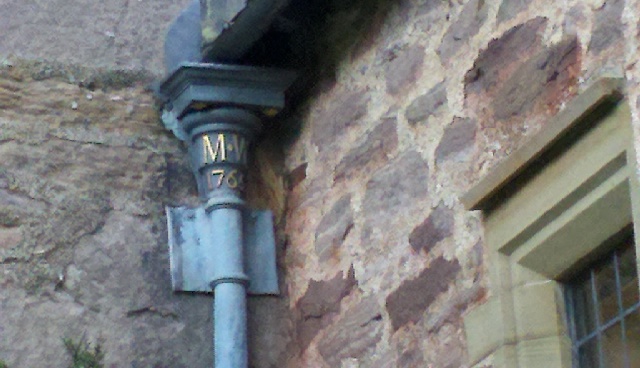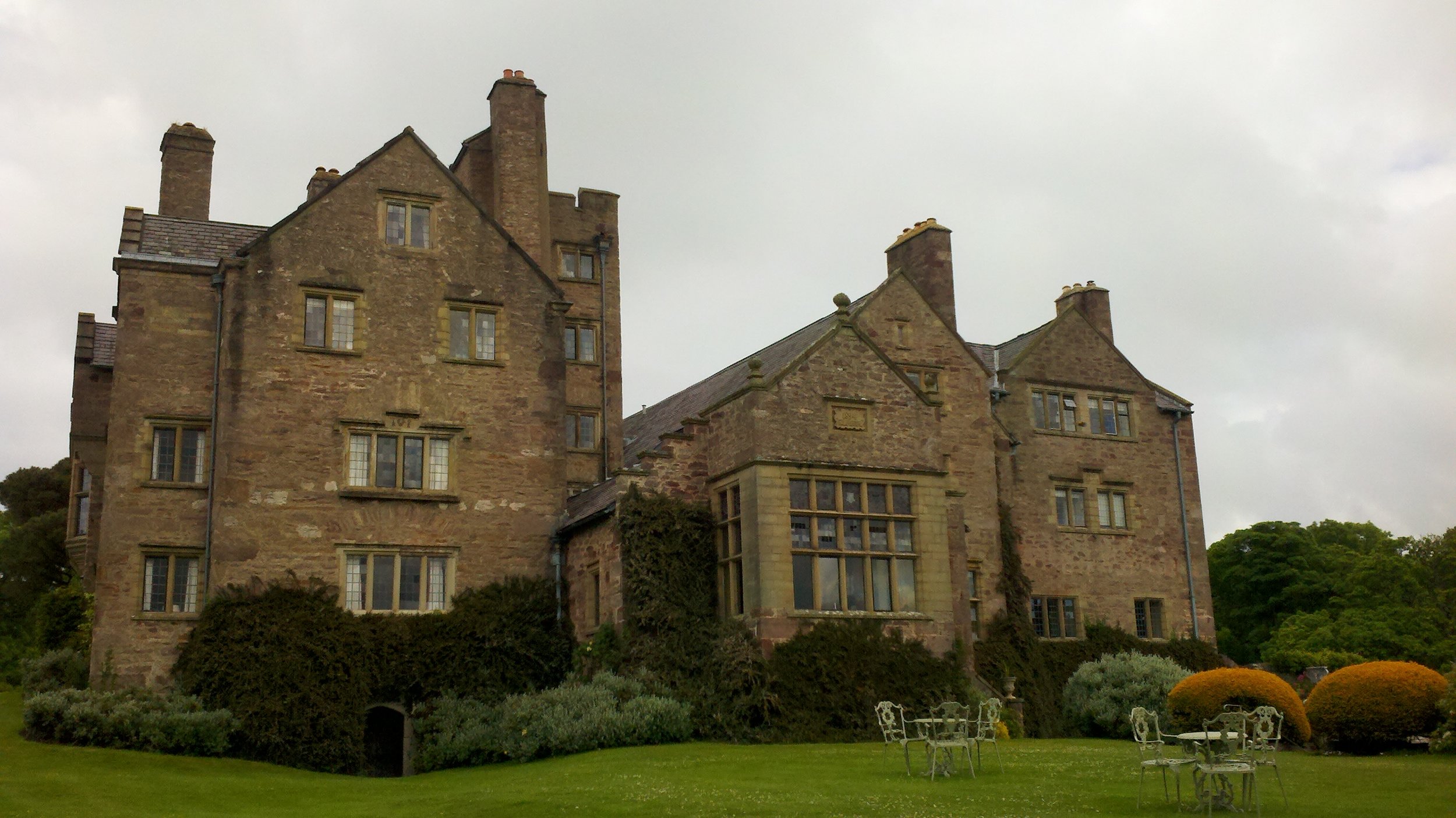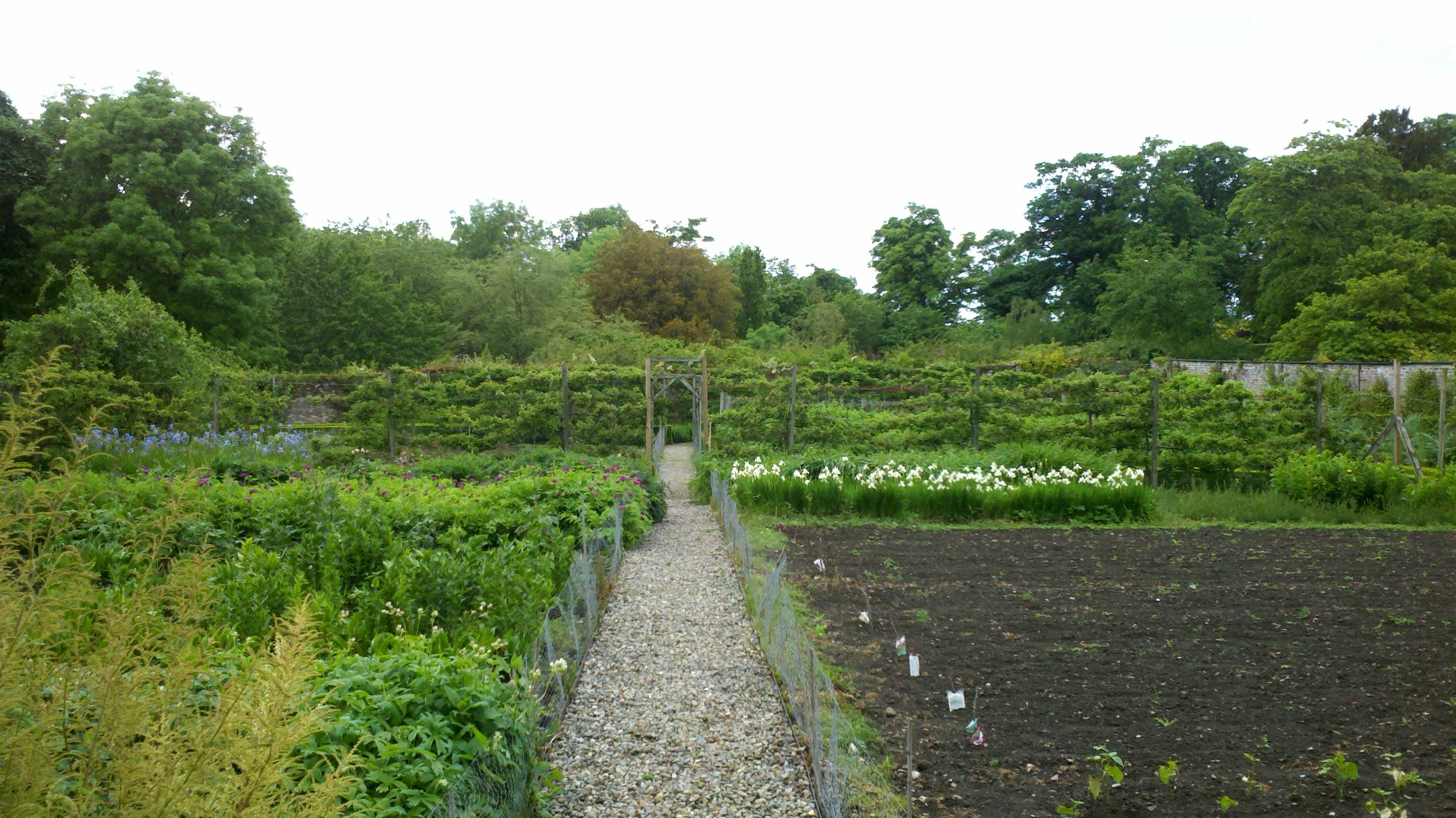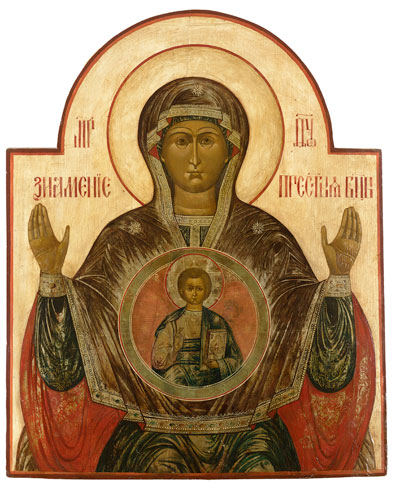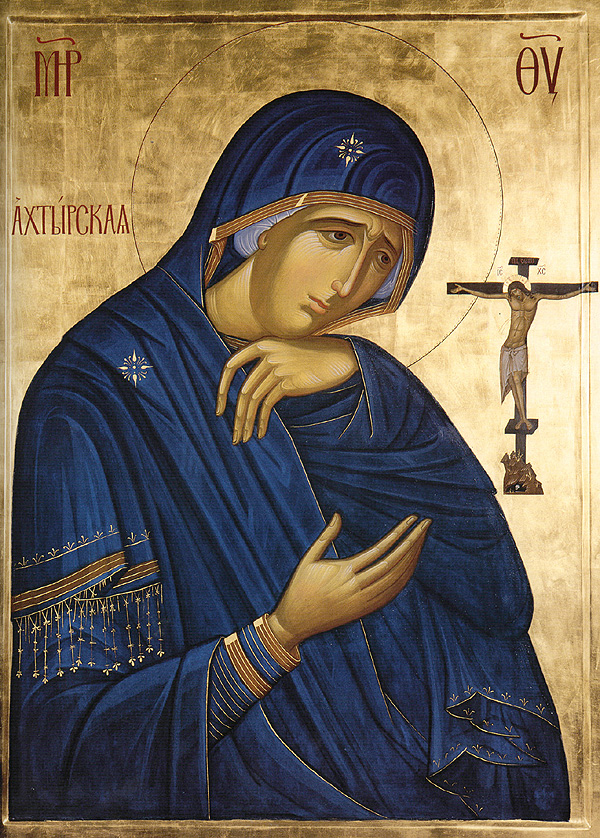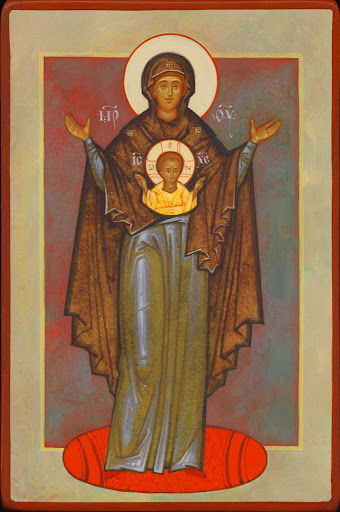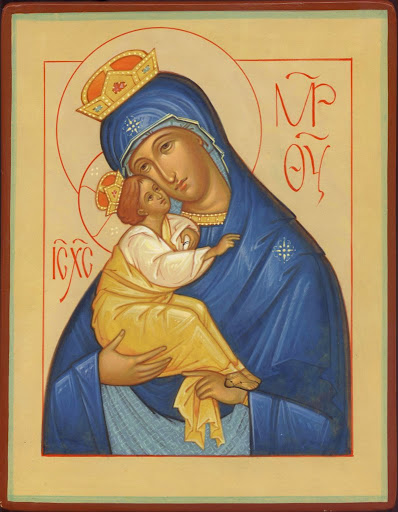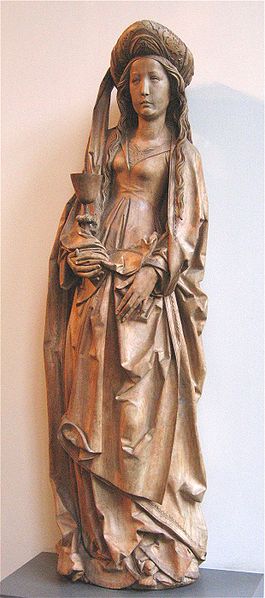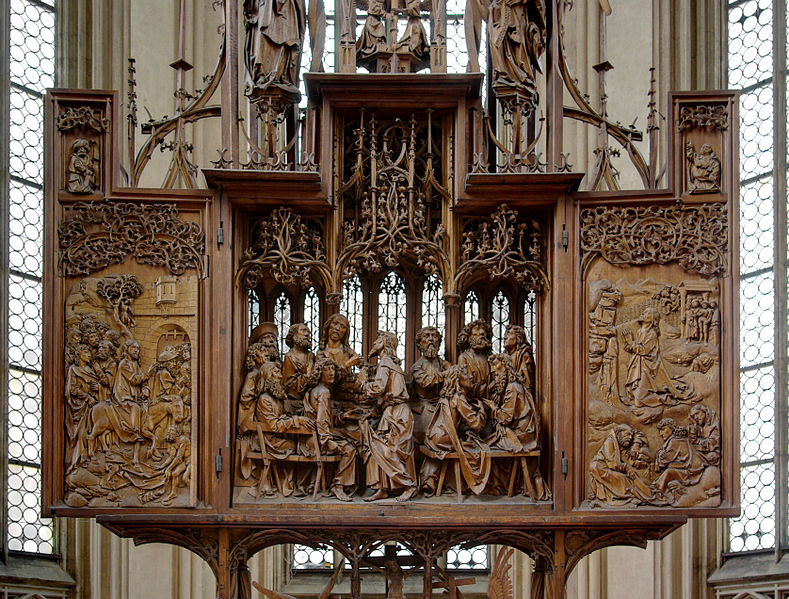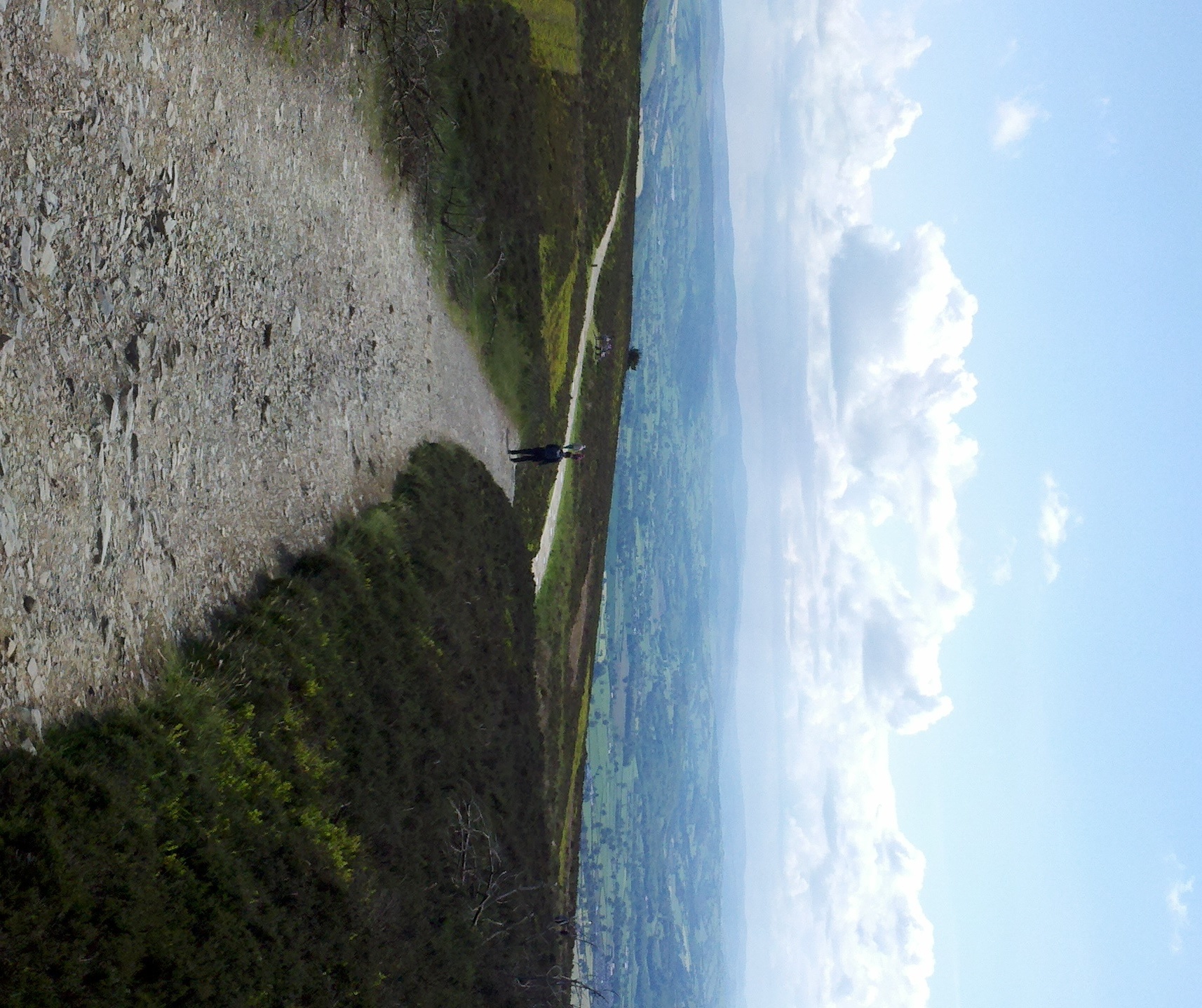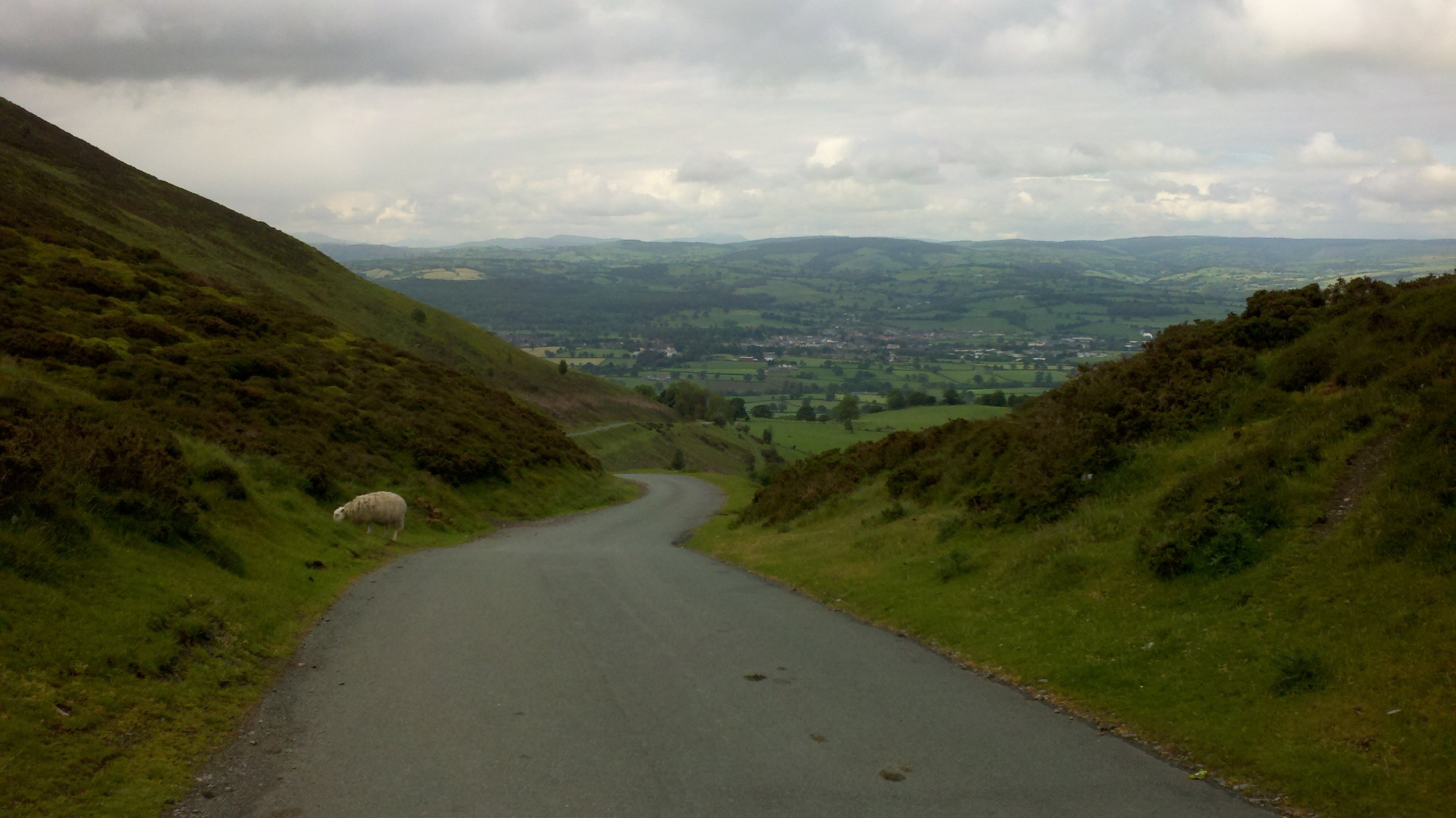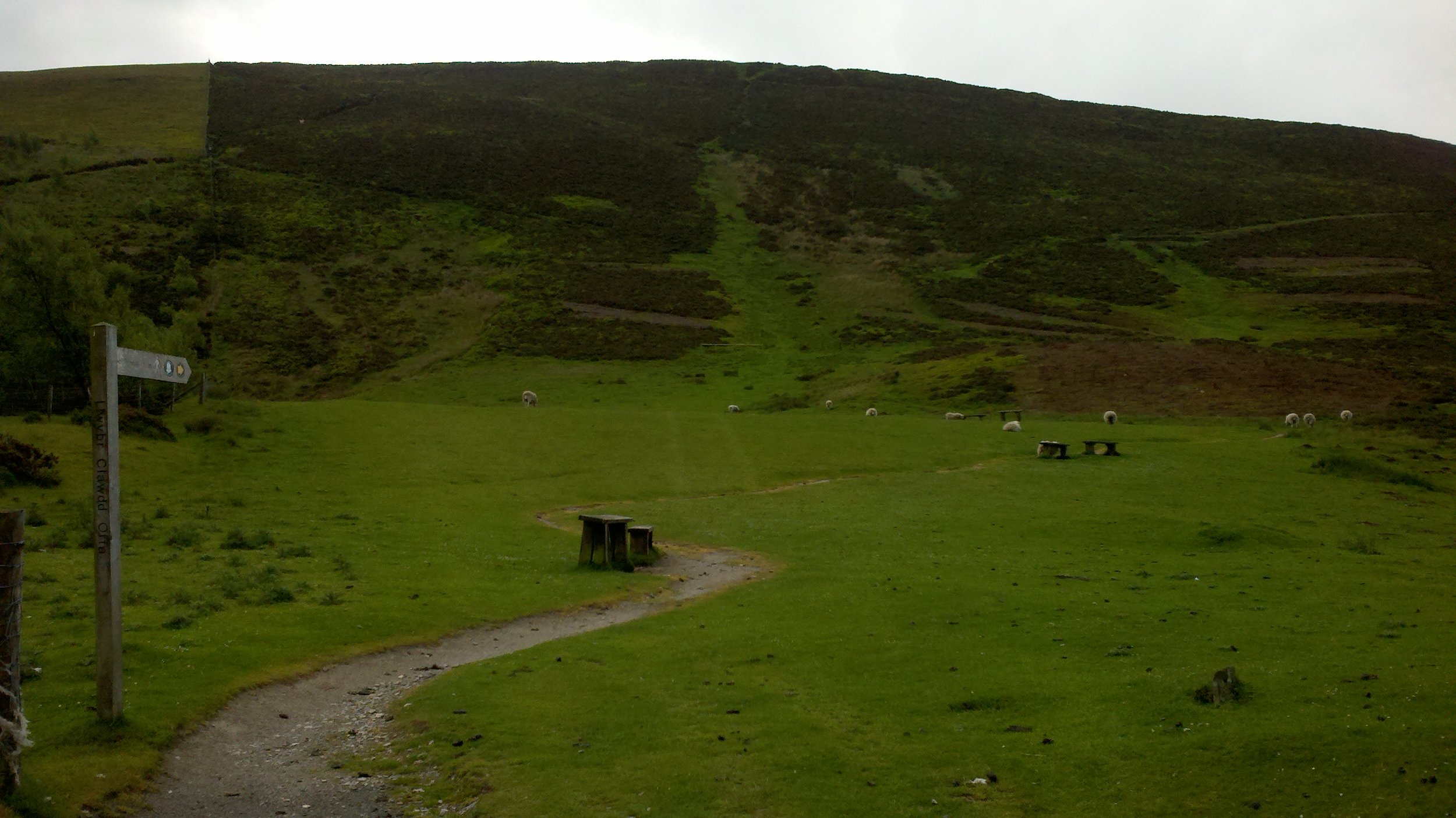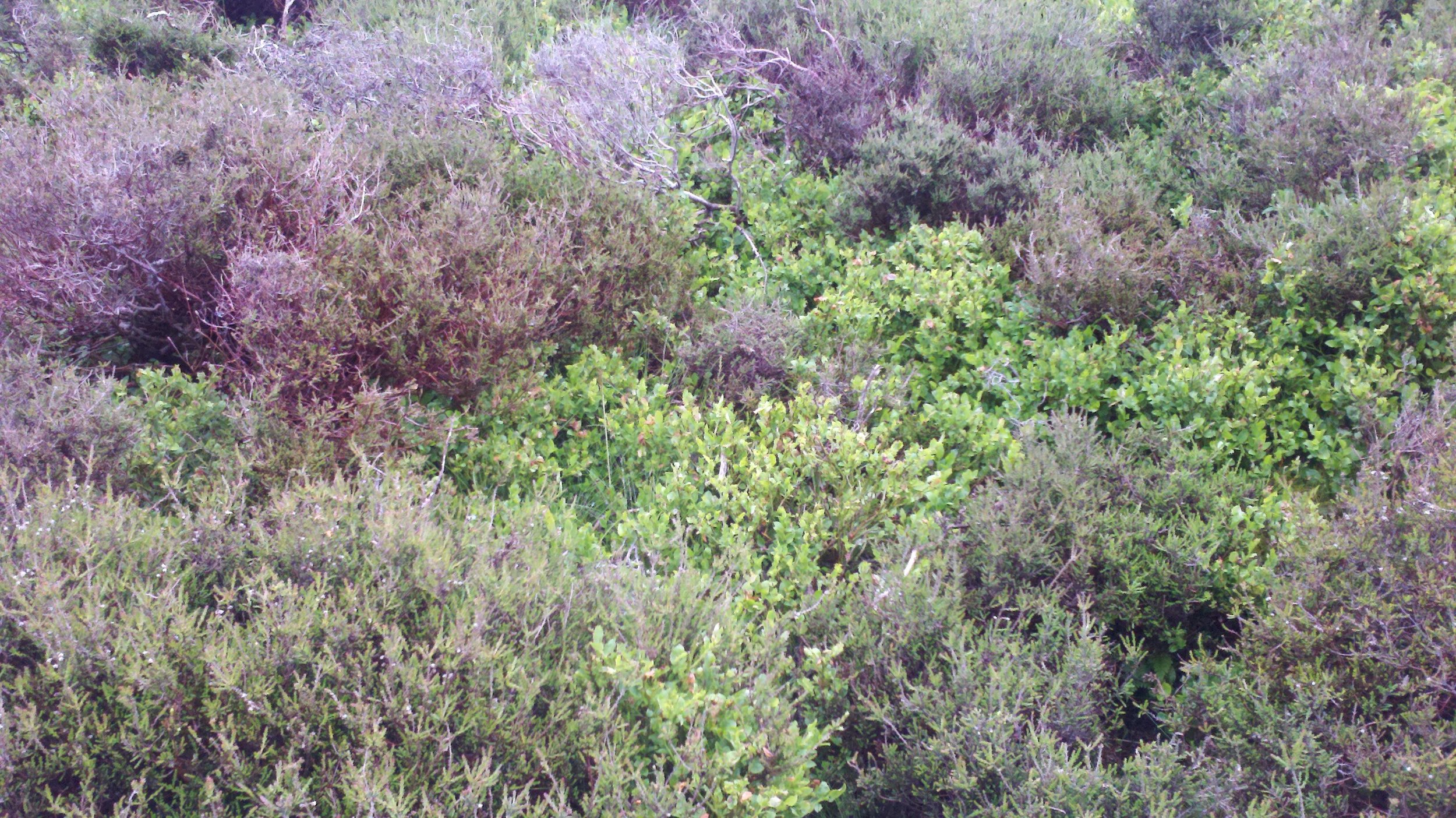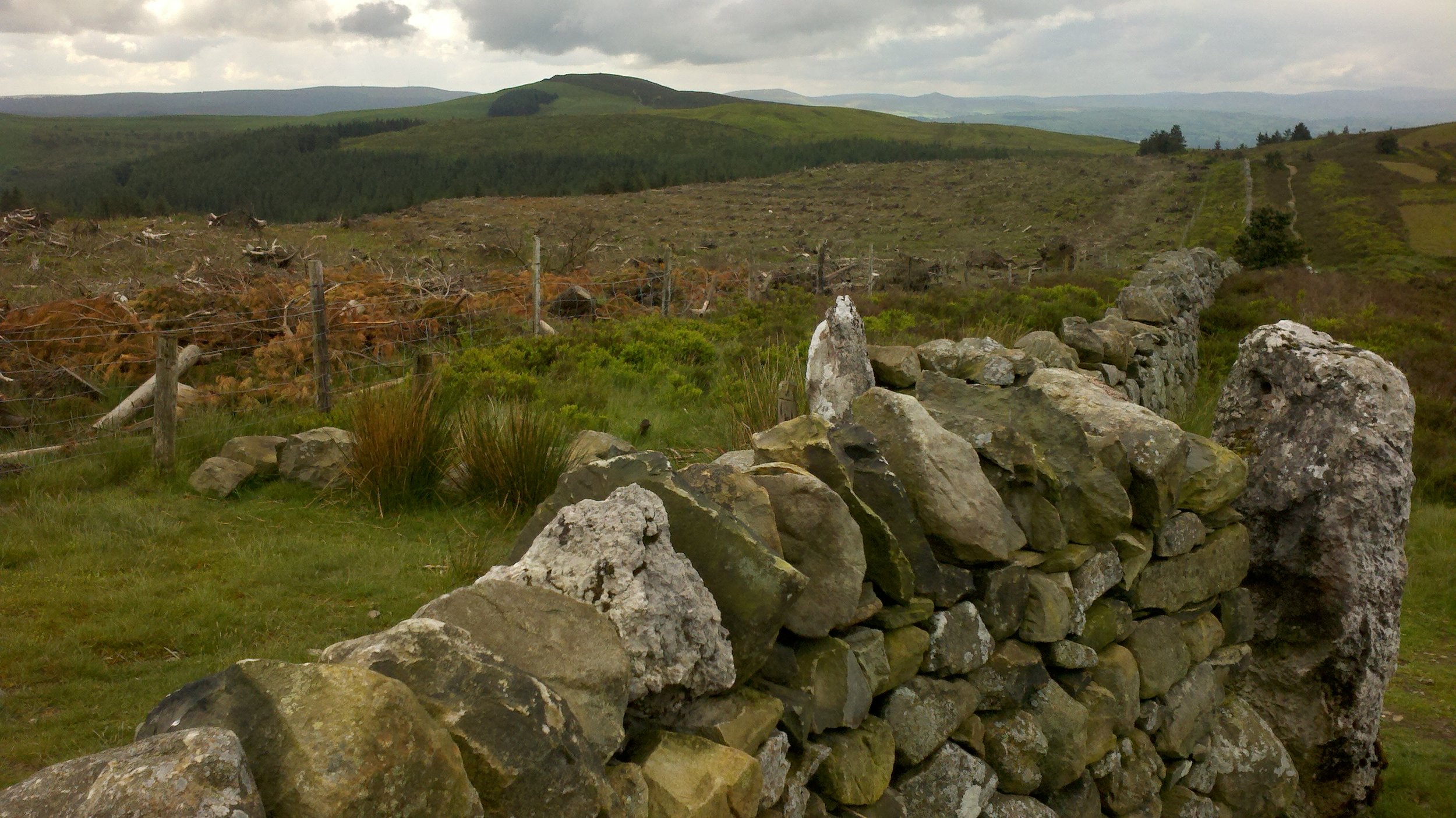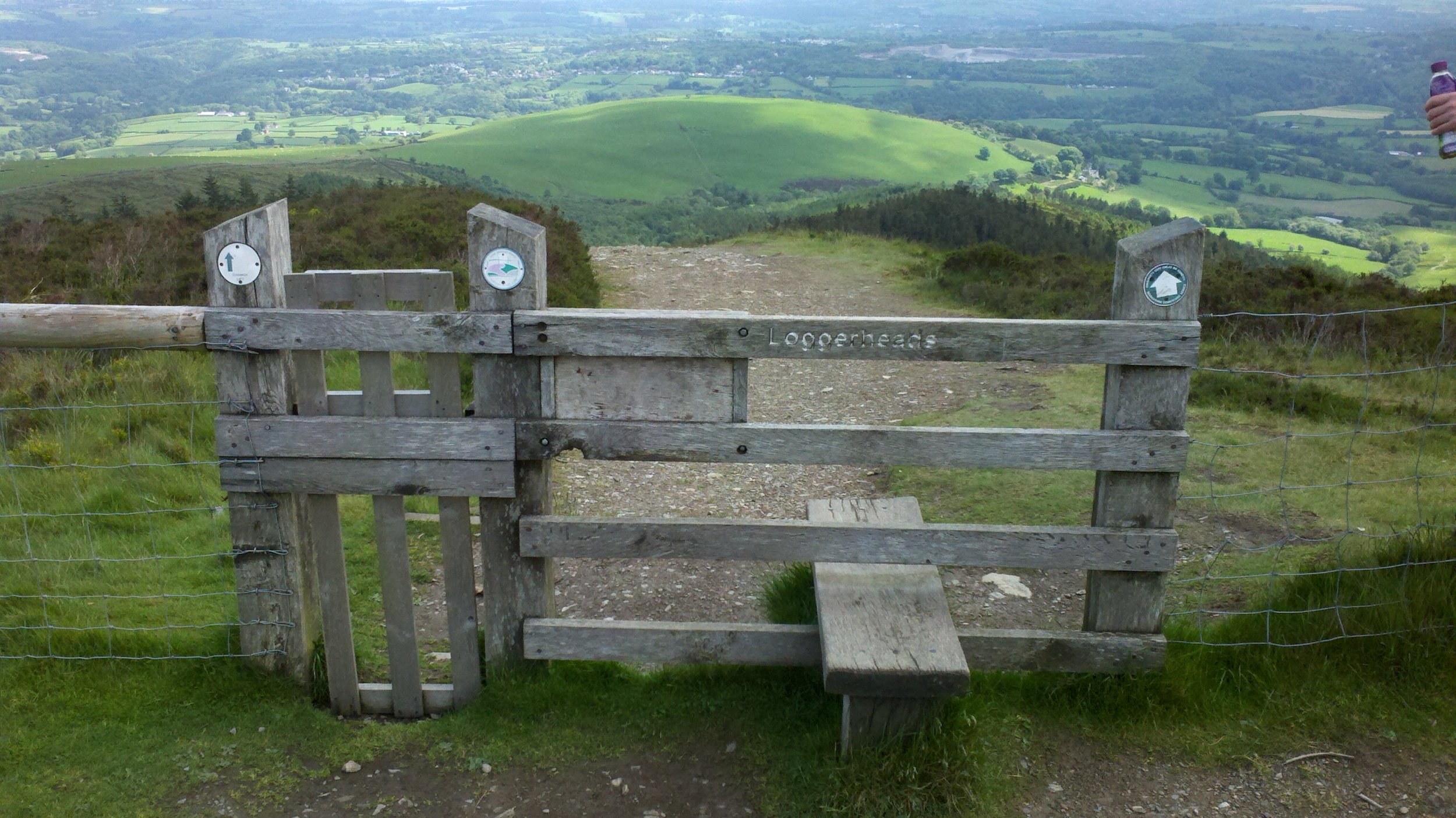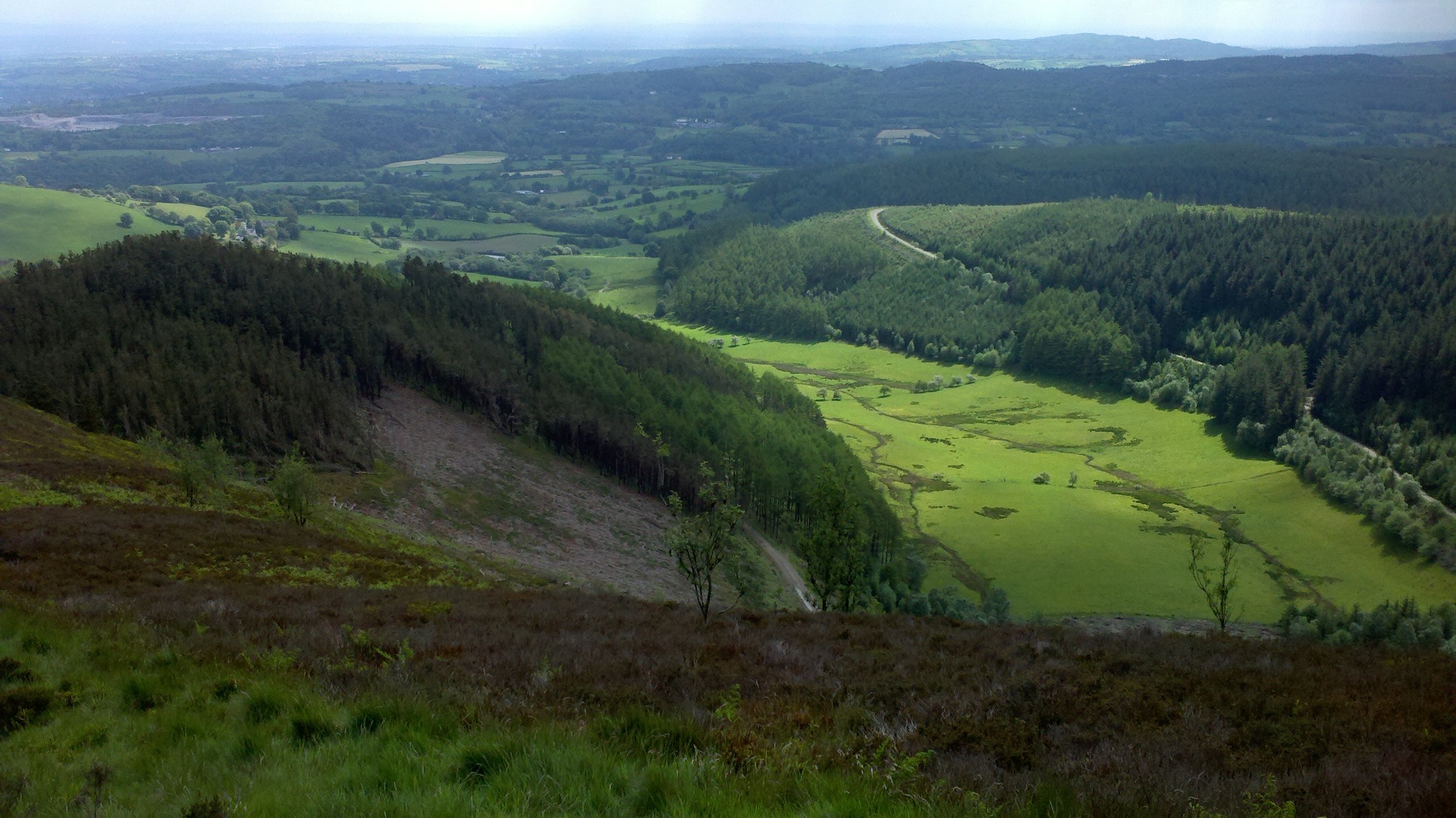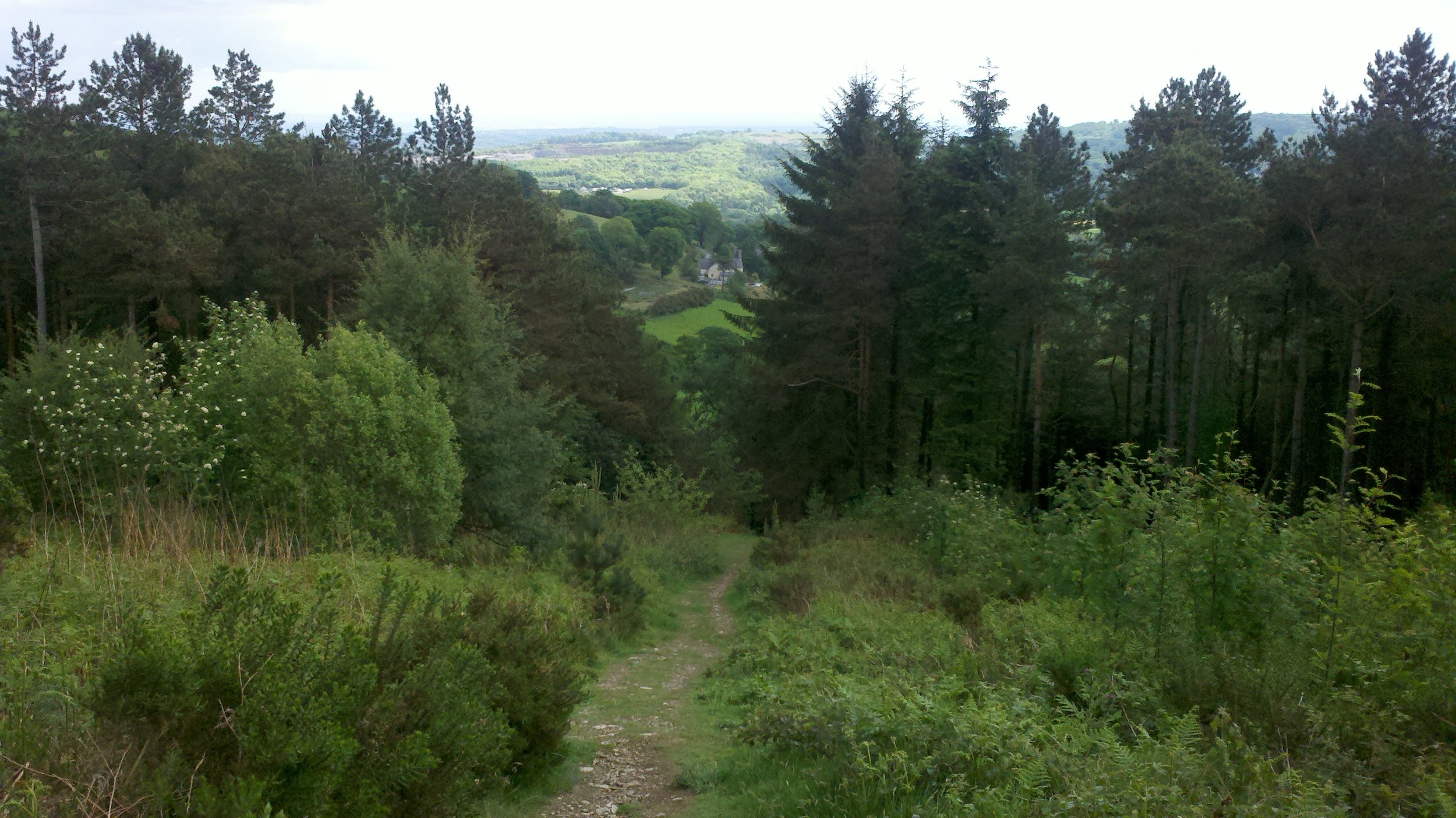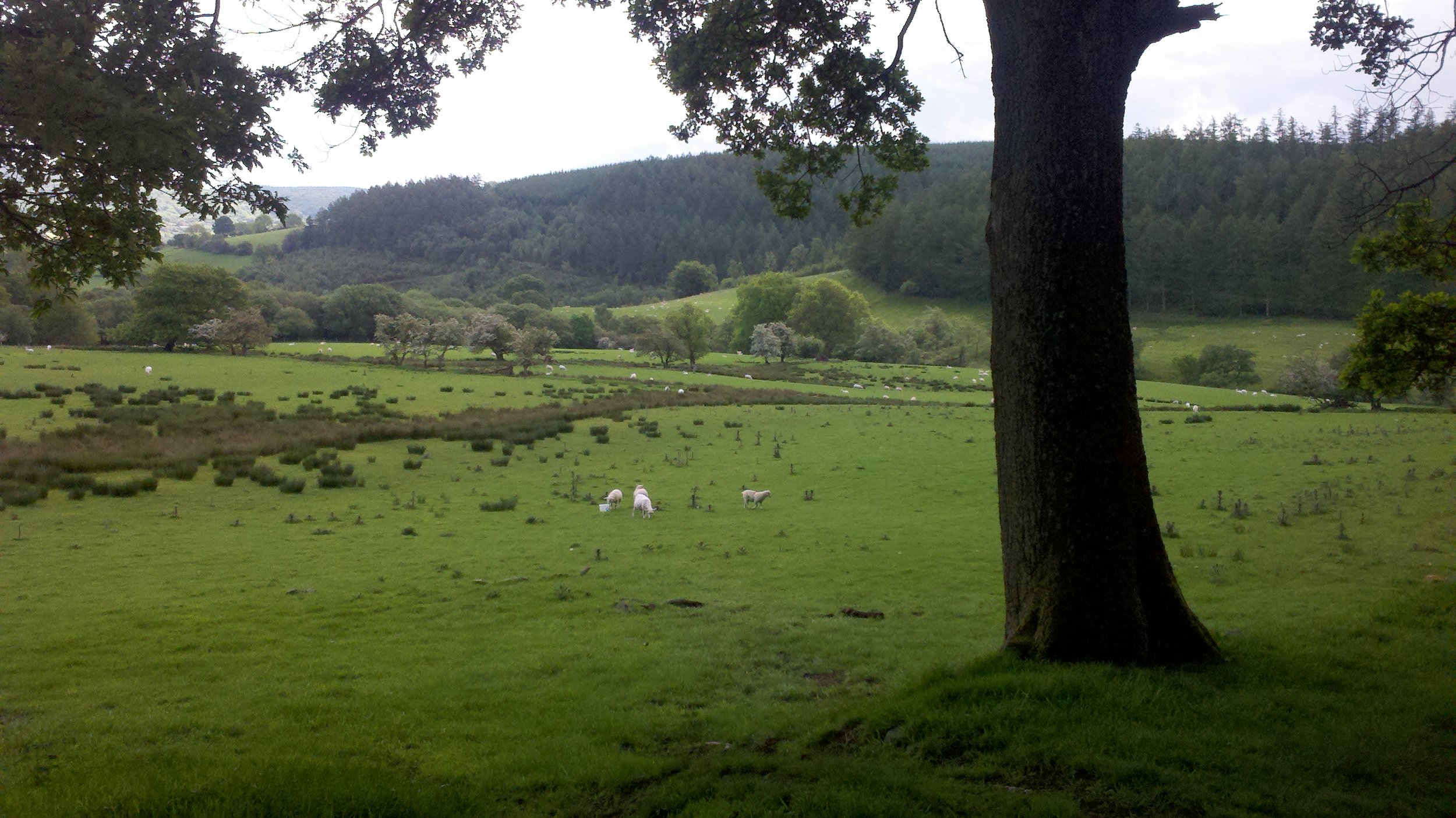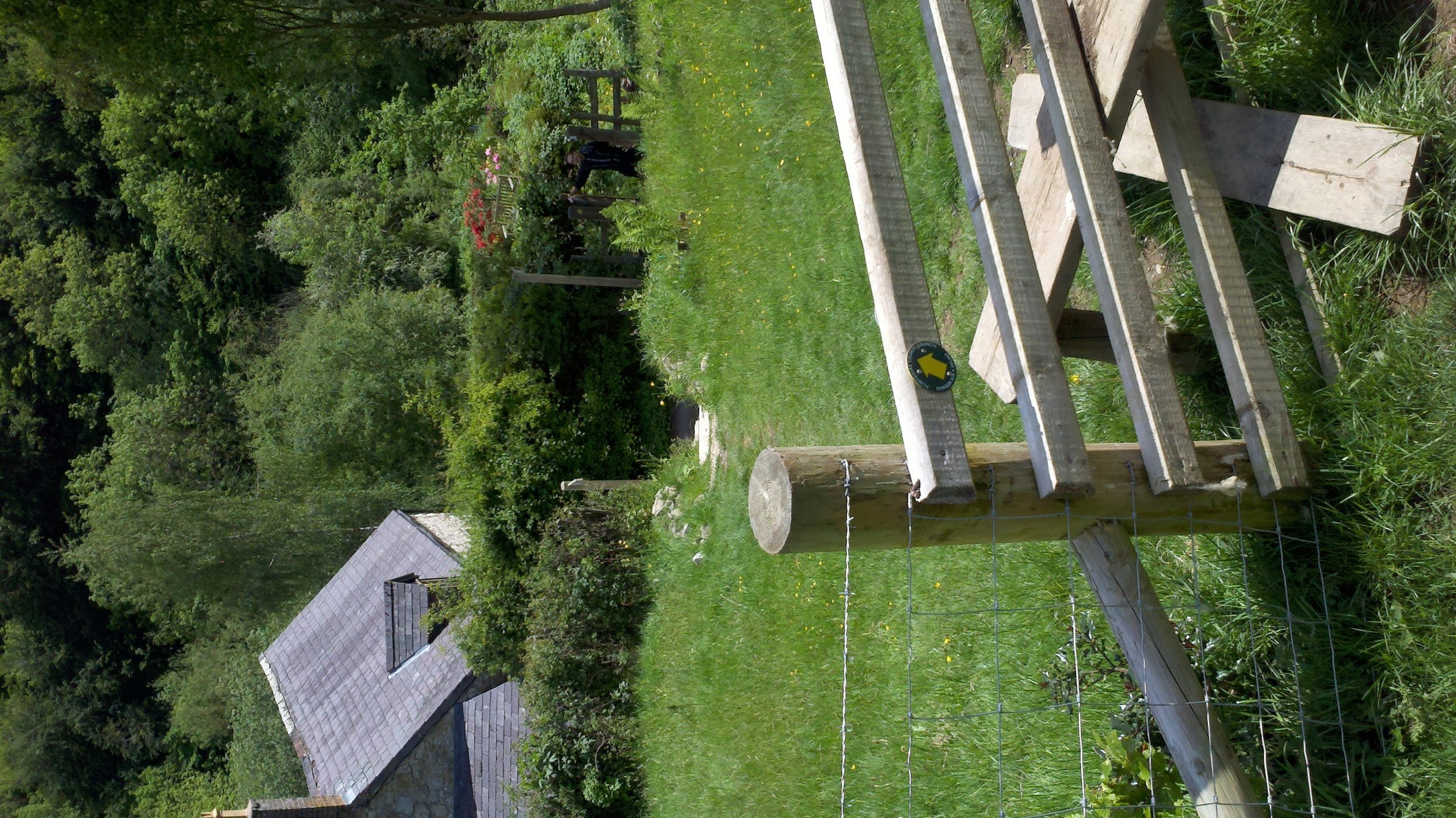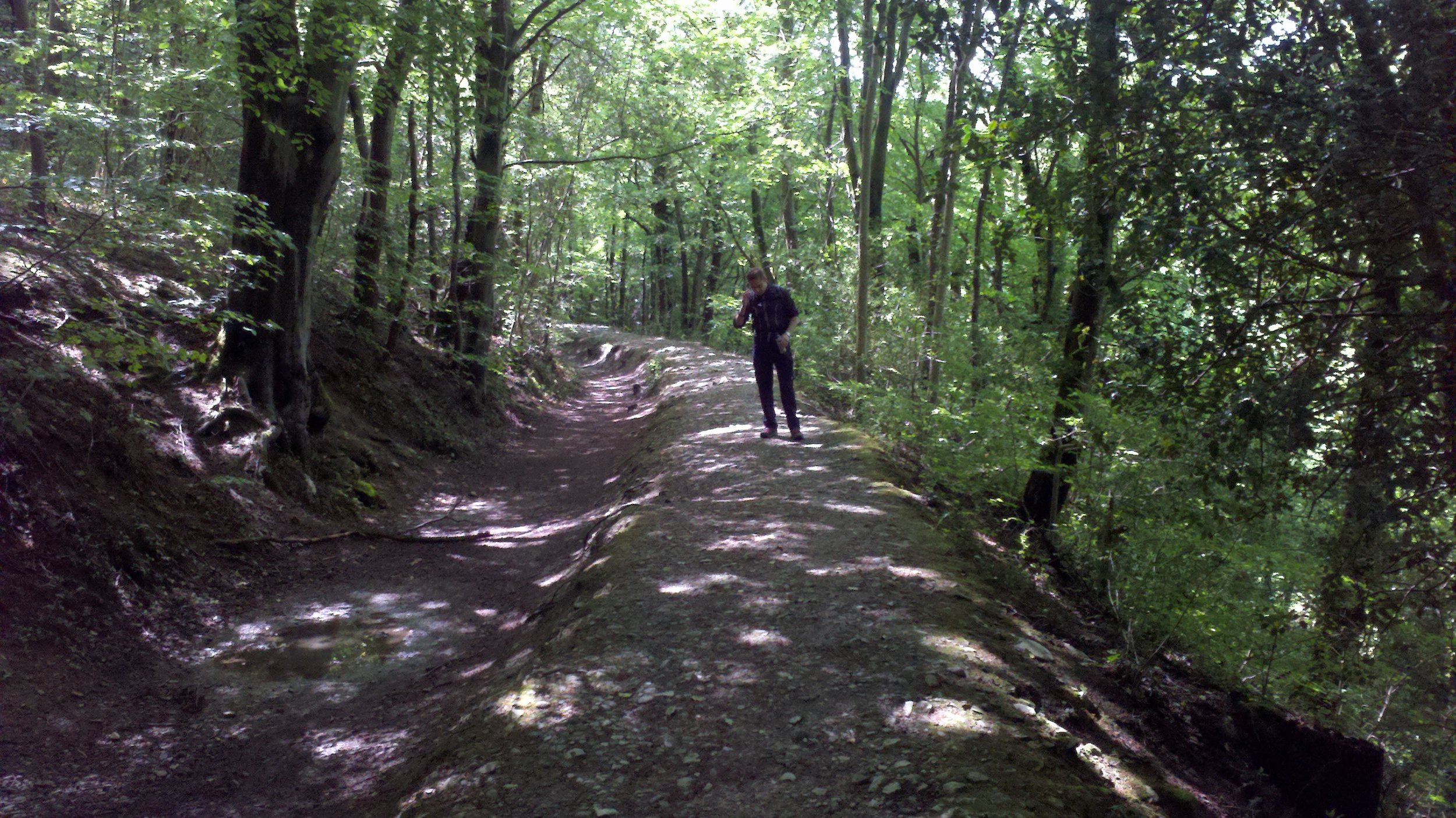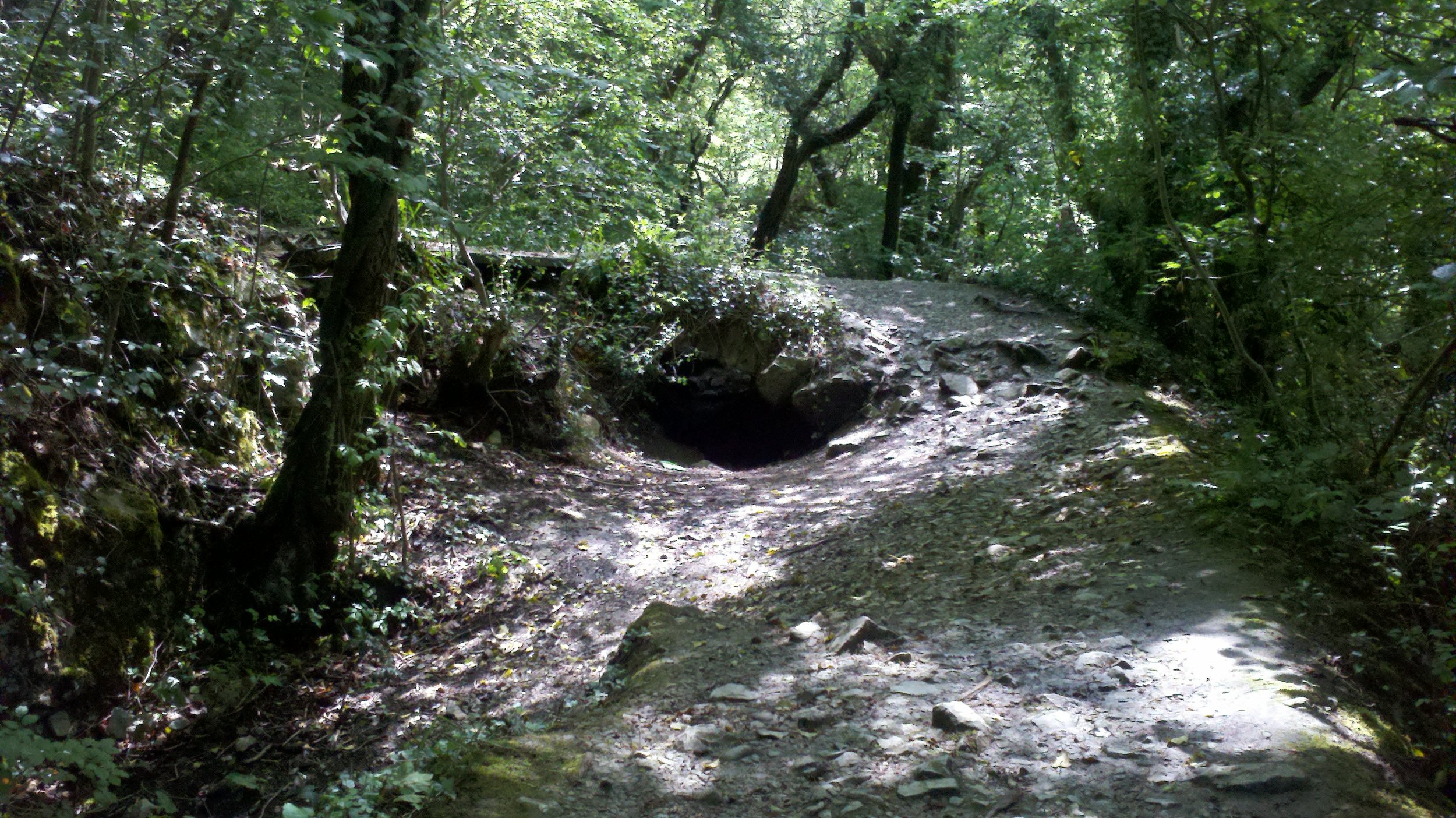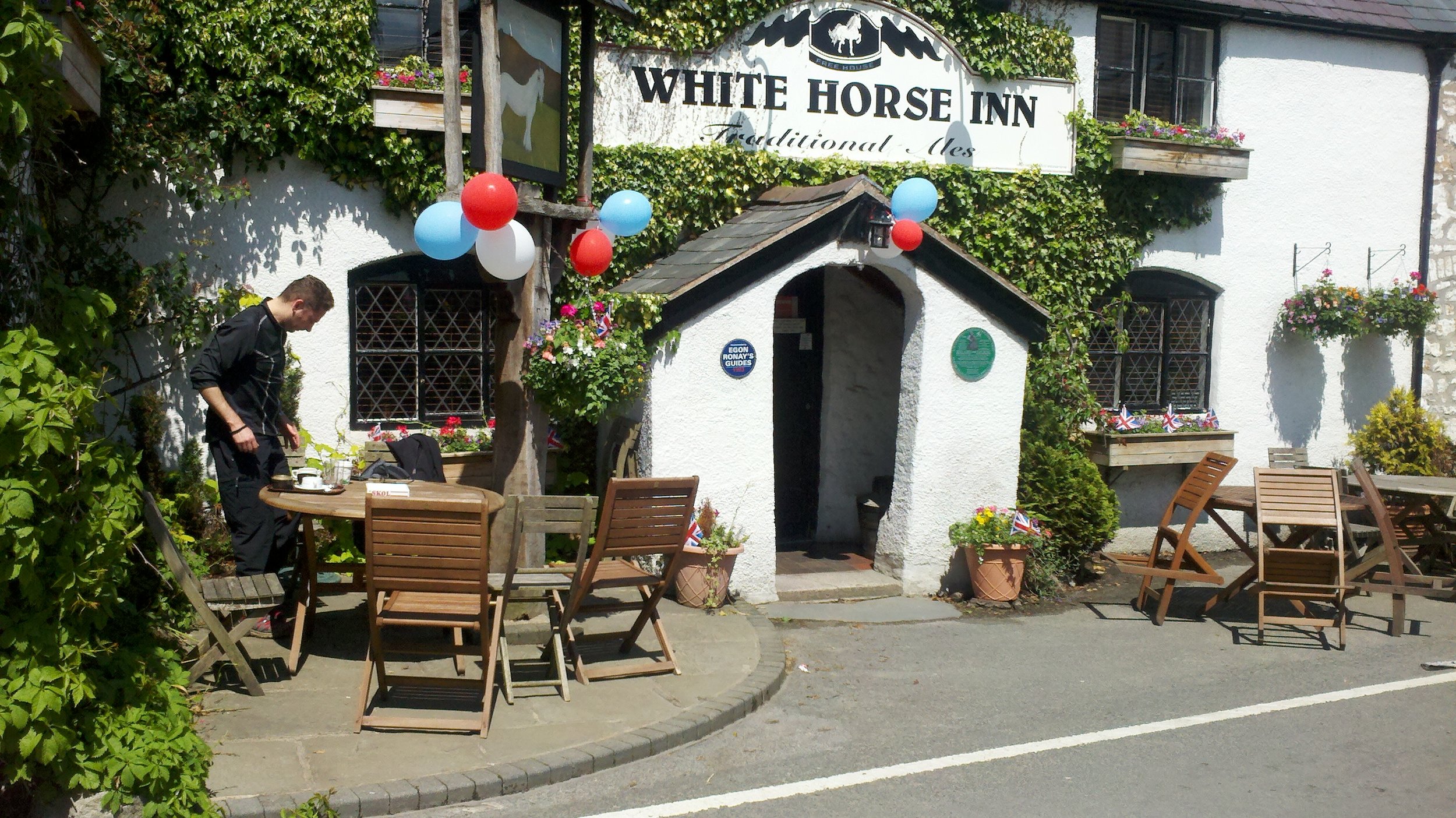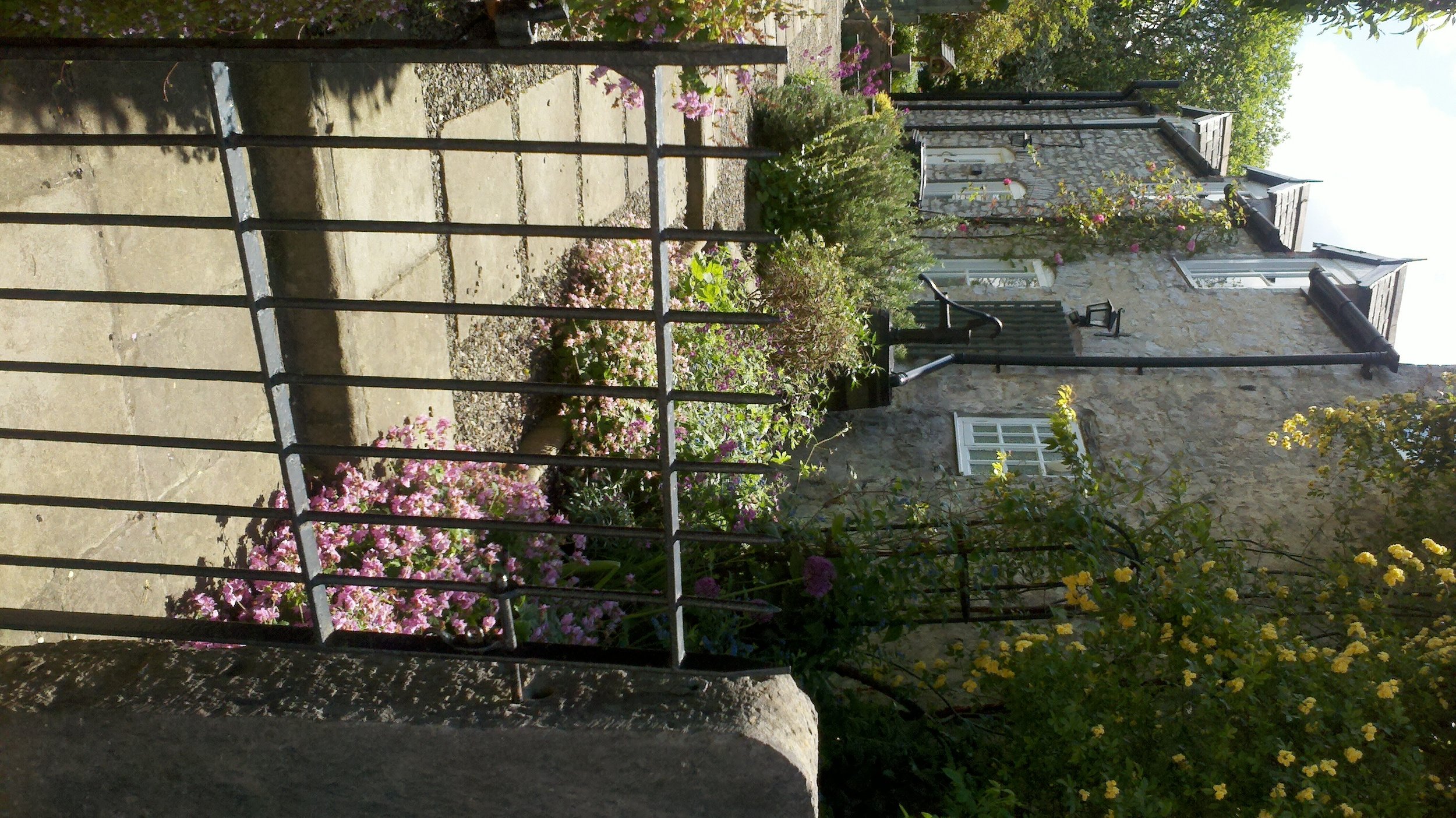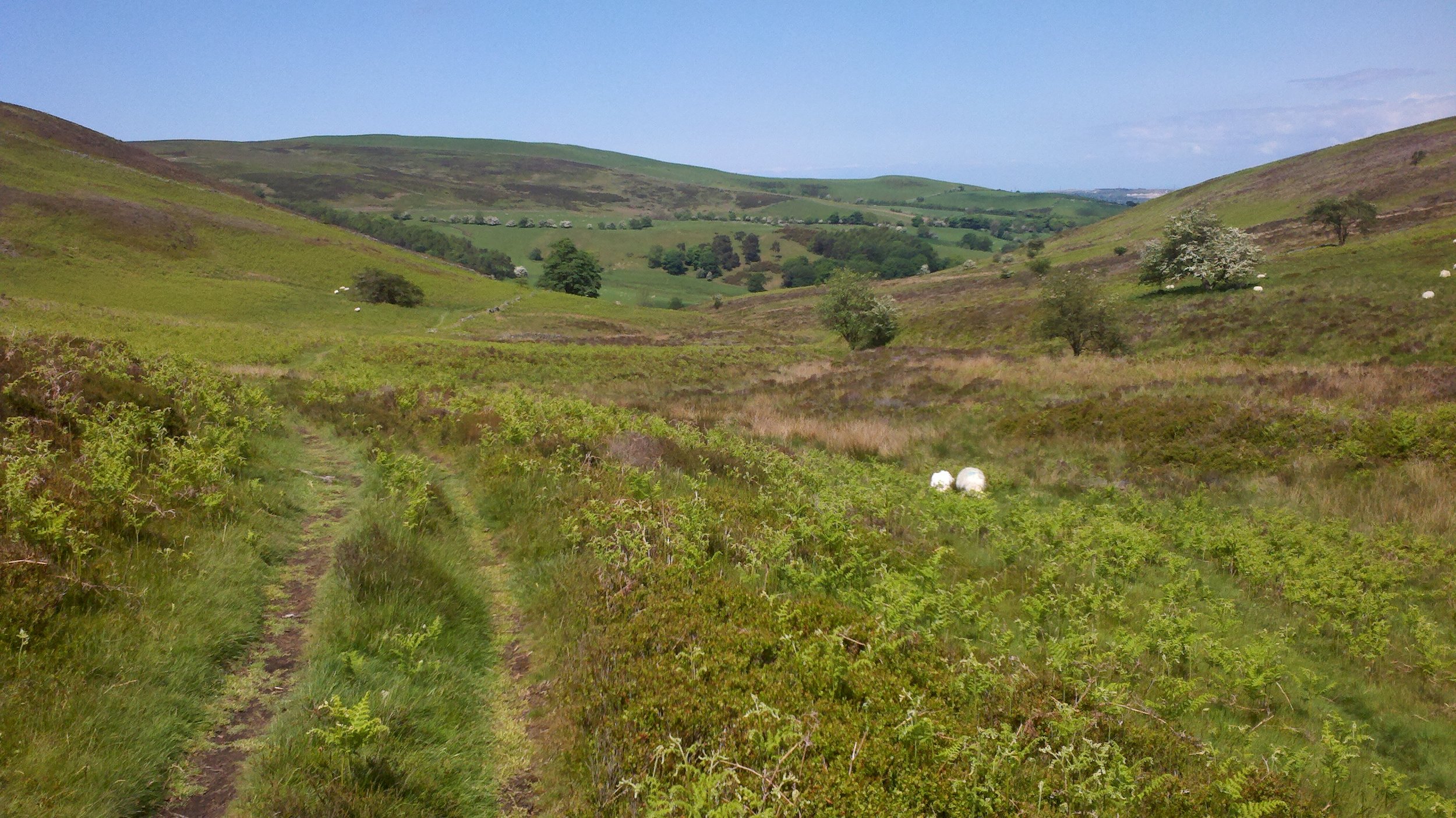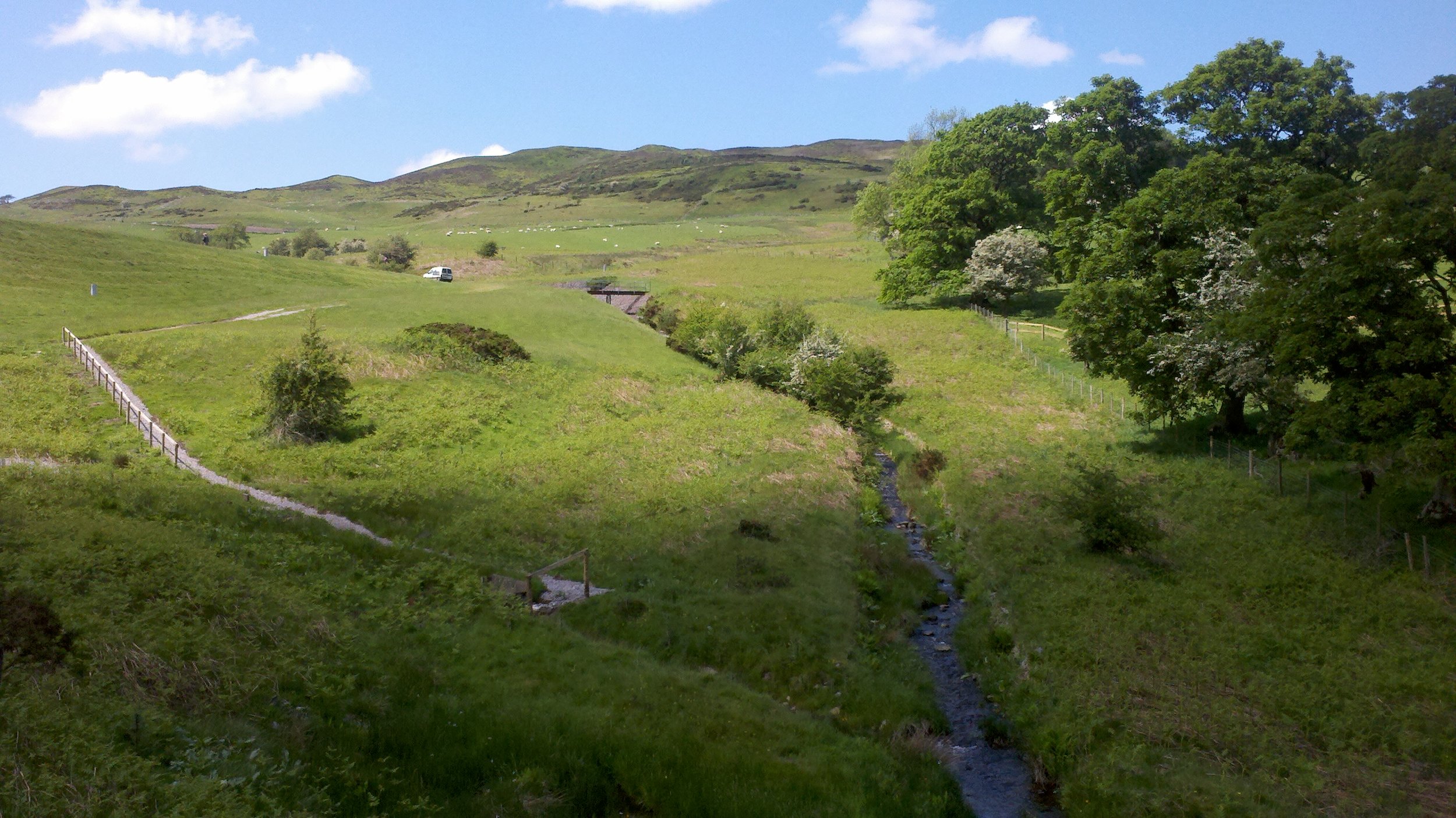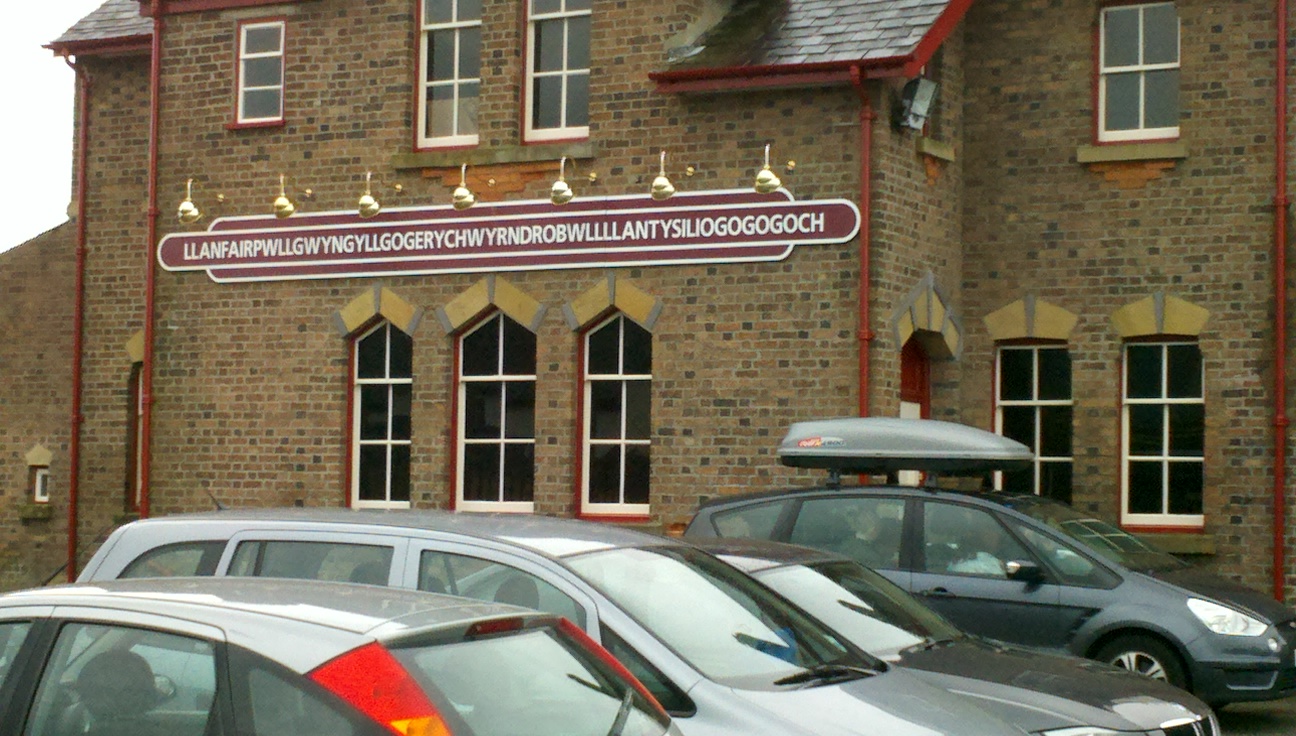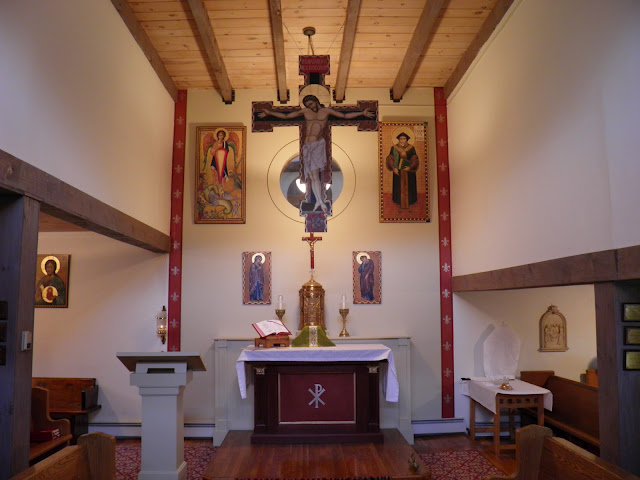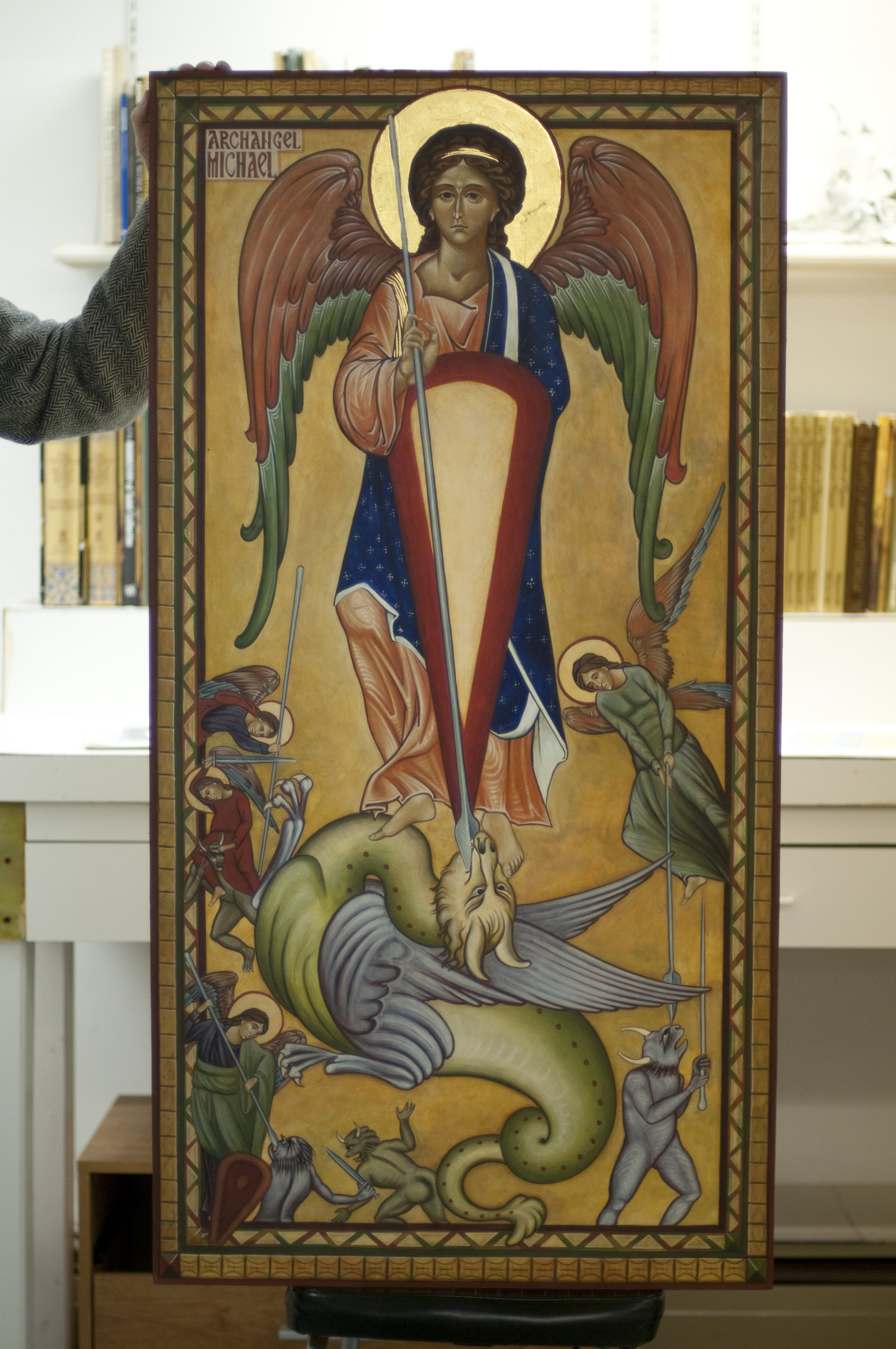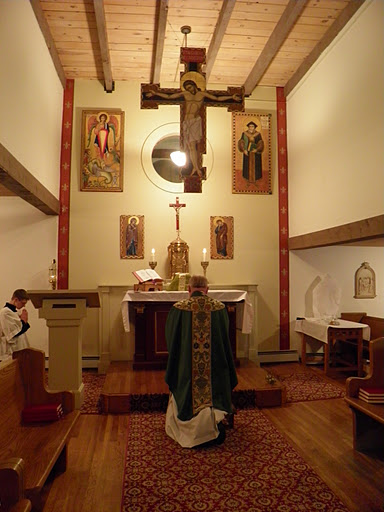Does the possible discovery of other earthlike planets undermine the premise of the film The Privileged Planet? Some time ago I wrote about a book and film called the Privileged Planet. In it I described how modern astrophysics suggests that so many physical conditions are necessary for life as we know it to flourish, that the chances of it occurring are negligible. Furthermore, these conditions are also those that allow for the universe to be observed. Given that all of these conditions have occurred simultaneously, what can we conclude about this? I suggested, going further than the authors, that this was consistent with the idea a Creator who made both us and universe, and that we were made by him to observe it so as to direct our praise and even order our liturgy. I should make clear that this does not, in my mind constitute a scientific proof for the existence of God, nor does faith in God rest in the validity of these arguments. It is entirely possible that new evidence may force us to sit down again and recalculate the probabilities. This would not undermine my belief in the place of man in the universe because this belief is based in other things first. It is however an interesting, very interesting, piece of circumstantial evidence given that, as I put it 'the mathematics says that the chance of a place existing that can support us is negligible – so low that it is almost certain that there is no other life in the universe at all'...and yet here we are. As such believing Christians can take it or leave it.
You can access the article either by going to the articles page on this site, or through the link above.
When I posted it some readers contacted me to point out that there have been announcements of the discovery of planets that could support intelligent life and that we may not be alone. Does this undermine any of the arguments.? I don't think so because it does not change the statistical argument in any way. The authors of the book upon which the film was based simply presented the statistical arguments for such an event occurring. The chances, while negligible, were not zero. This means that for it to happen once is amazing. For it to happen twice is even more amazing since the chances are even less, but still possible. Furthermore, before we accept that such planets other than our own exist, we should try to find out how certain the information is. If it is merely hypothesis, then it is not yet scientifically proven. It is not unknown for newspaper articles to present unproven scientific hypotheses in tones that portray the information as certain.
As Jay Richards one of the authors put it to me: 'We have discovered many hundreds of extra-solar planets, but none that come anywhere near fulfilling the basic conditions for habitability. Often when an extra-solar planet is discovered though, NASA puts out a press release claiming we've discovered an earthlike planet. The most earthlike planet we know of is...Mars.
'That said, nothing in our argument requires that Earth be unique. Our argument simply entails that however many habitable planets there are, they will be extremely earthlike, and they will be better platforms for scientific discovery than the alternatives.'
What about the idea that it points to the existence of a Creator? This is to my mind not undermined either, but represents even more circumstantial evidence; provided that the probabilitility of such an event has not been challenged.
The fact that there turn out to be more such privileged planets does, one might argue, lessen our privilege in a relative sense (there is another part of the universe that is equally privileged so we are not so privileged relative to the rest of the universe although the reduction is tiny). However, it does not lessen the privilege in an absolute sense (the a priori chances of any one planet in the universe possessing such a privilege, remain unchanged.) To my mind, the material evidence of God's love and generosity would have increased.
What if at some stage we find such a planet and then can get close enough to find life there? This is an interesting point that is purely hypothetical at this stage. It seems to me that any of the following are possible: it might be that we would discover that such life had a common salvation history and an immortal soul like man; or could have an immortal soul but unlike man on earth, never experienced a Fall, so have a distinct salvation history; or could be intelligent but possess no immortal soul and so would be a sort of hyper intelligent monkey. All of these life forms would be privileged too.



















